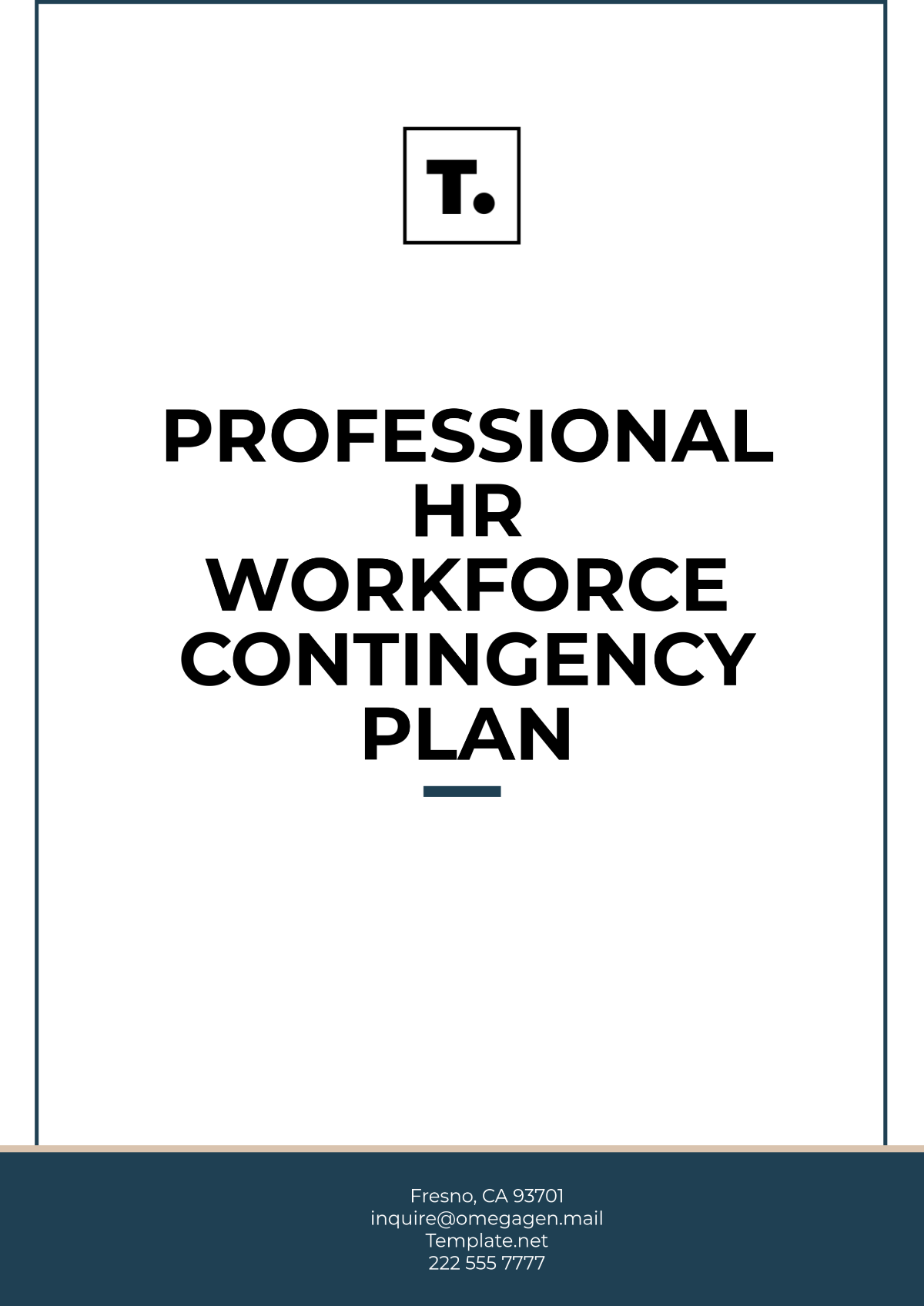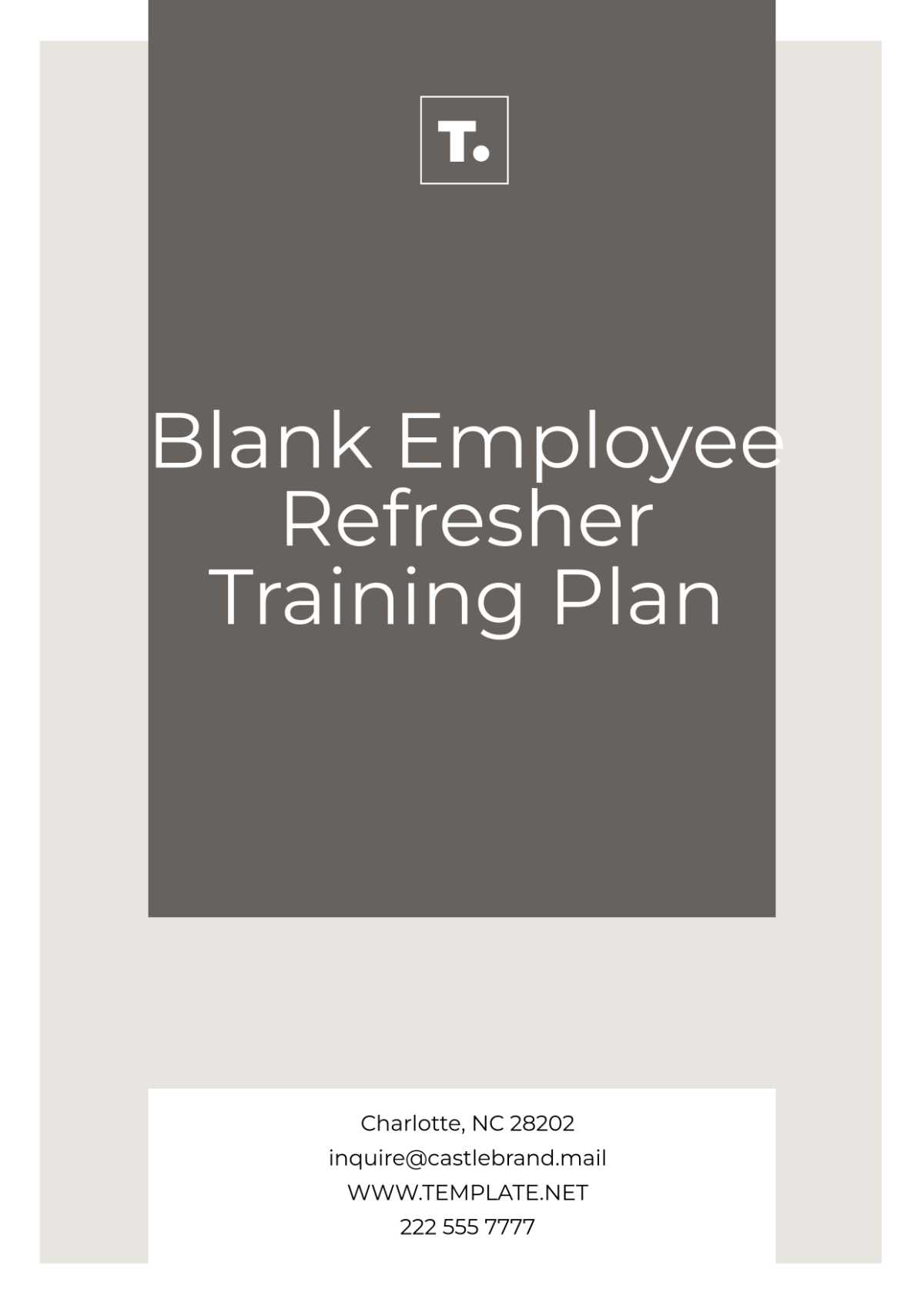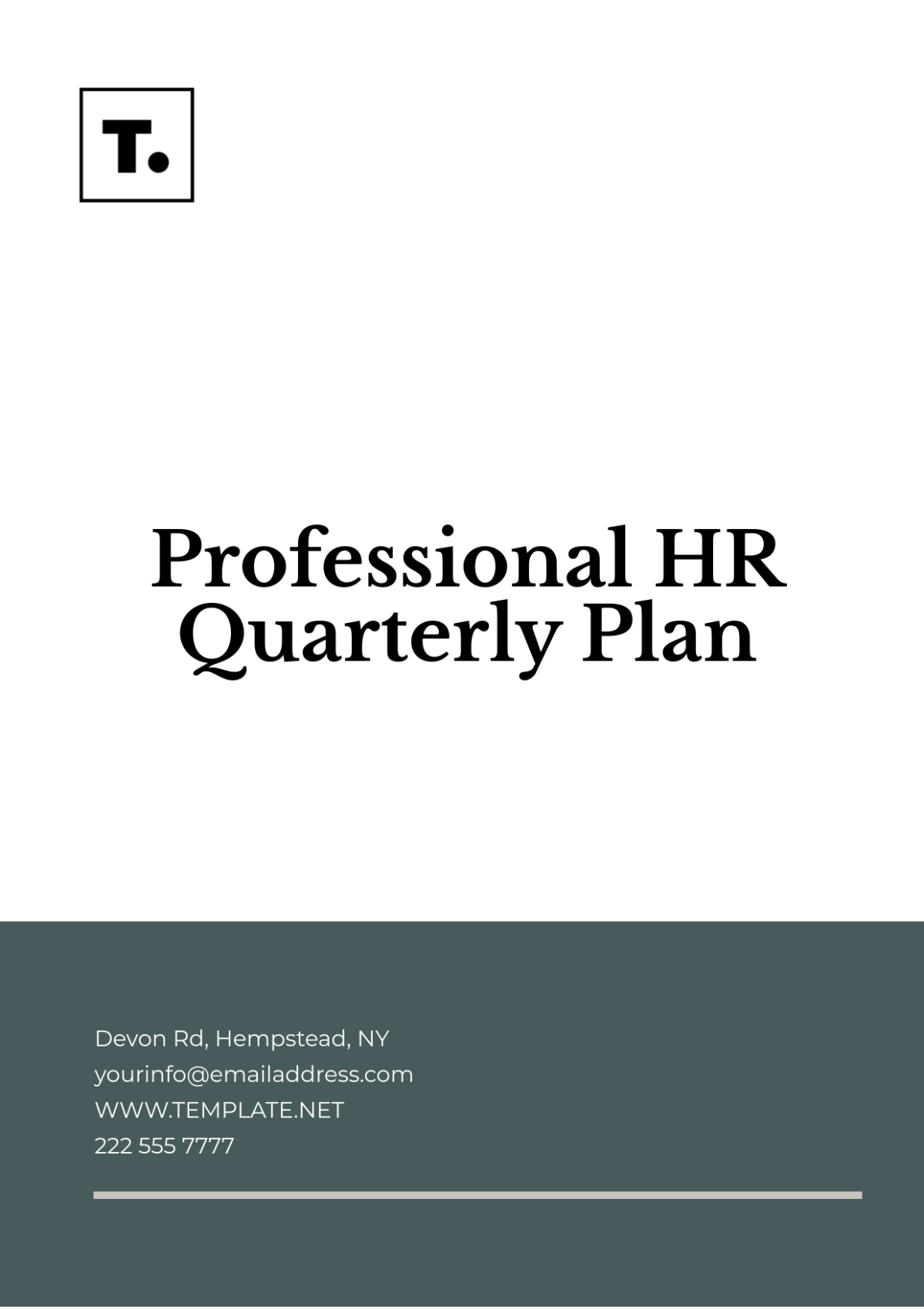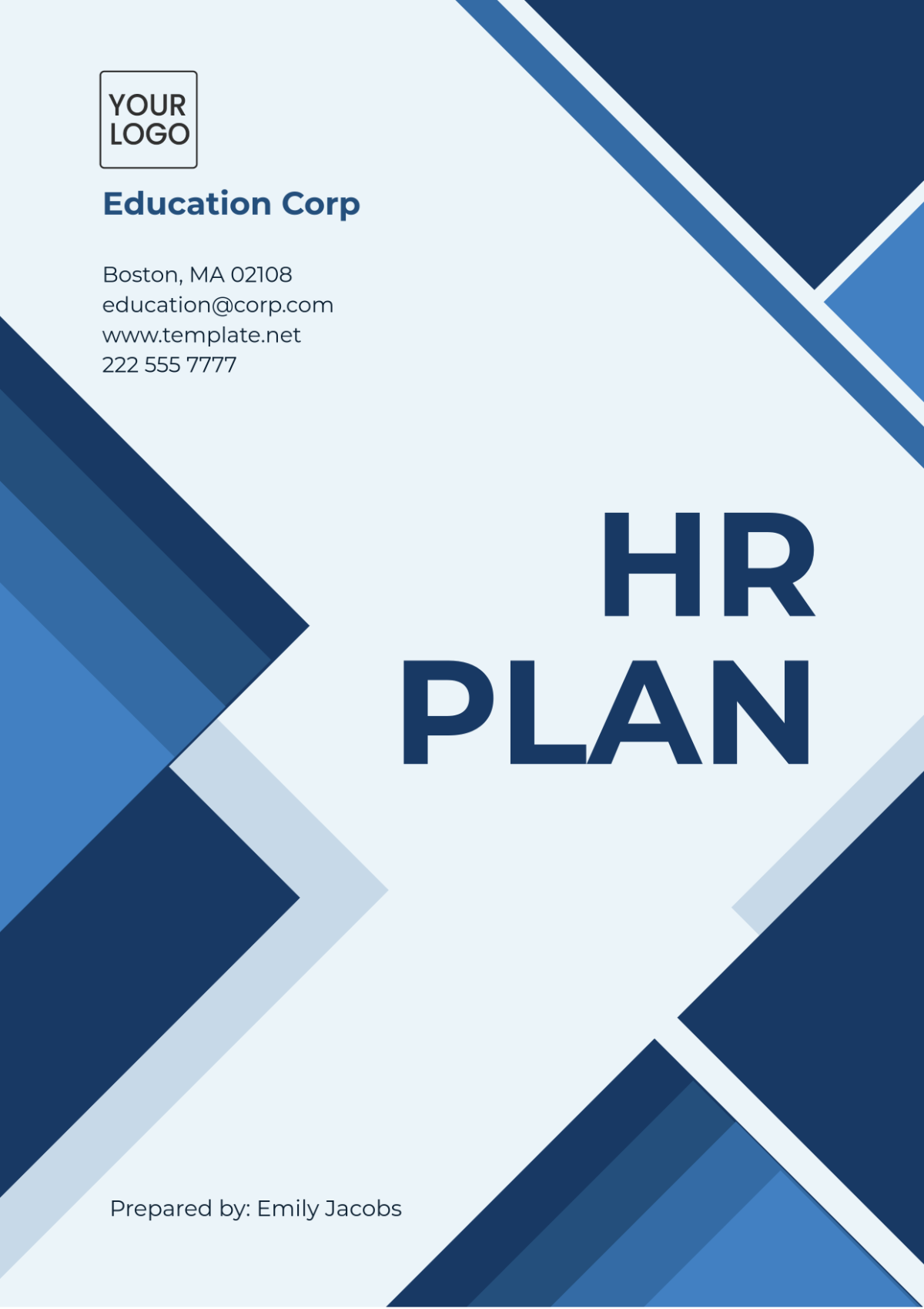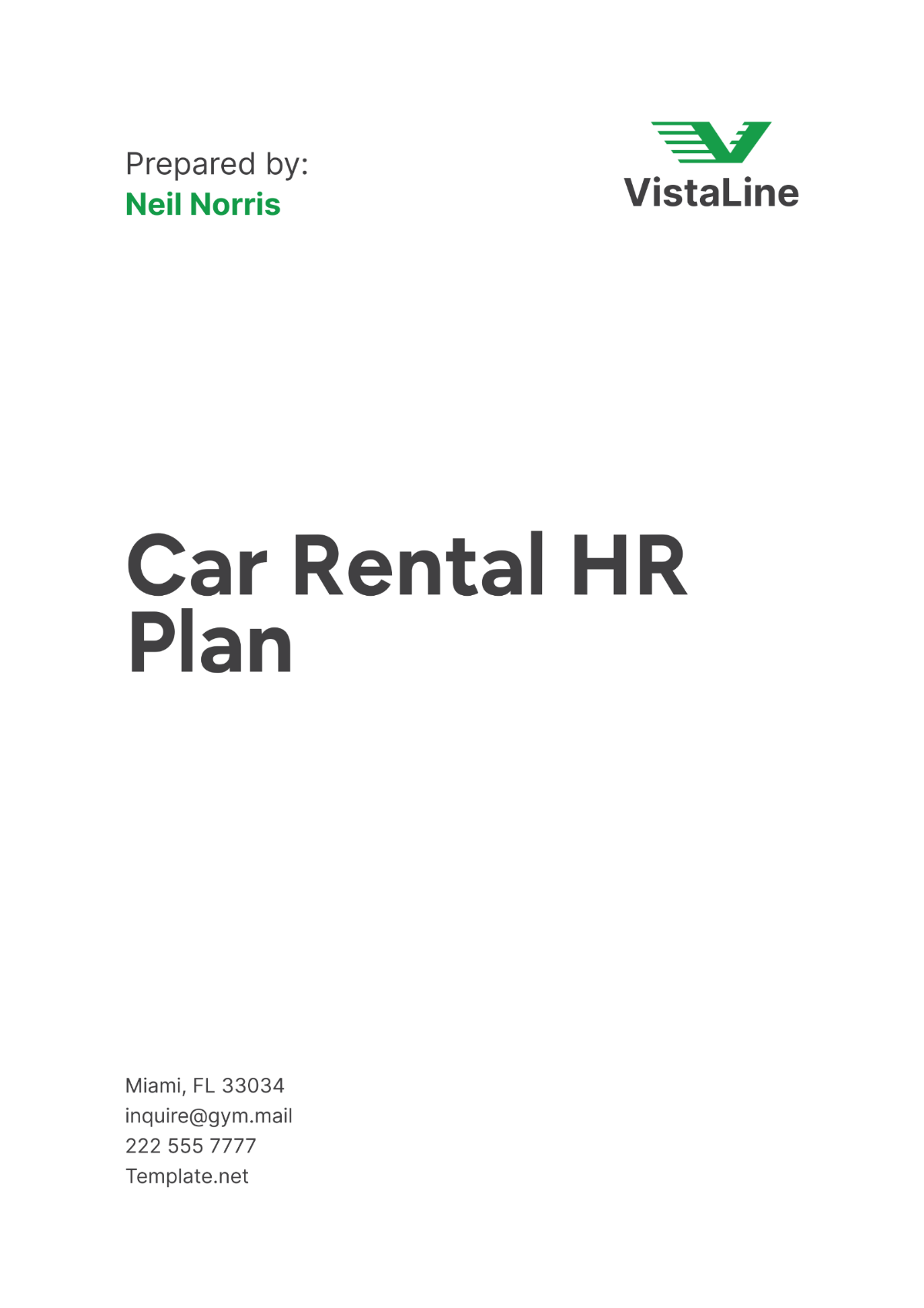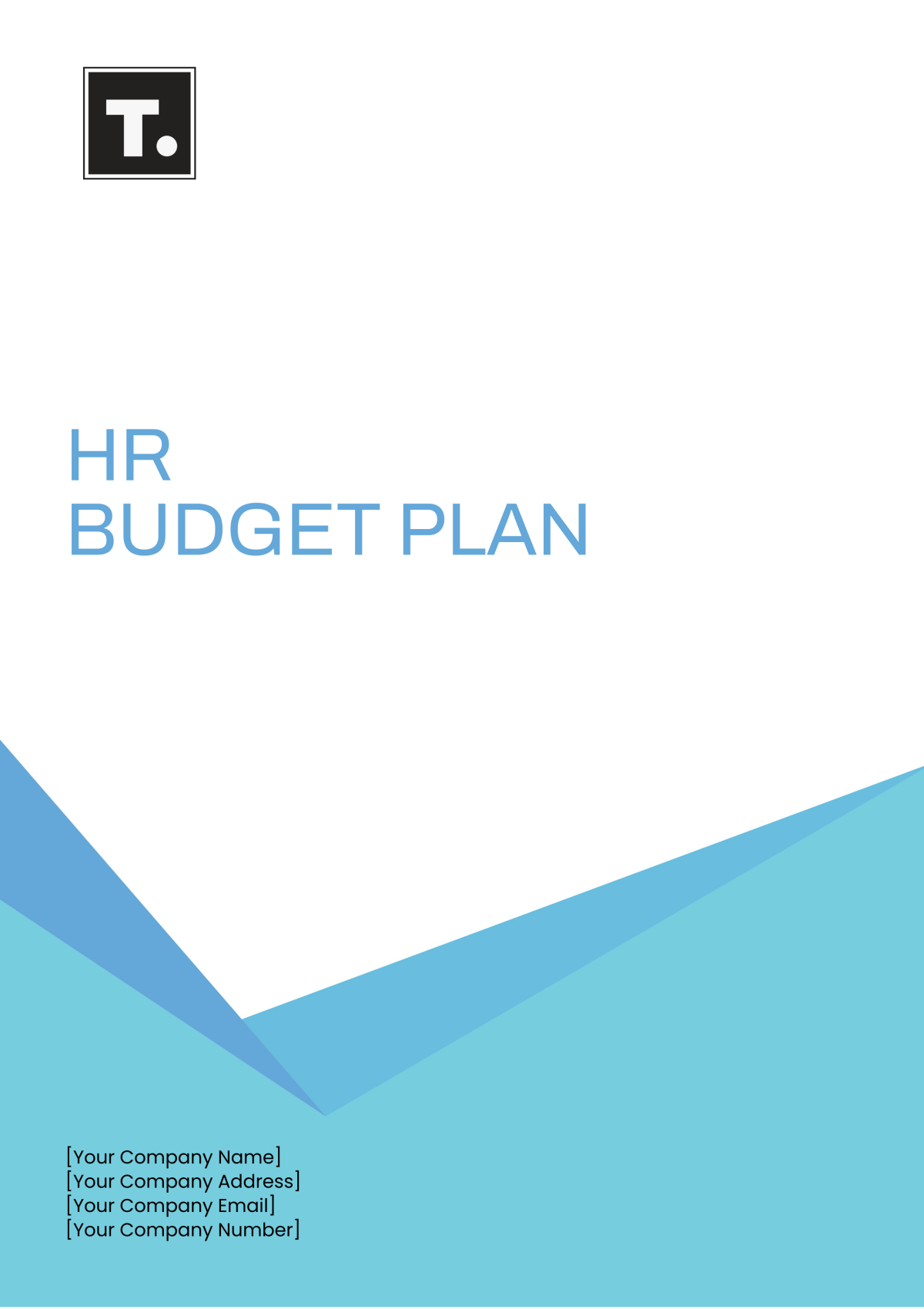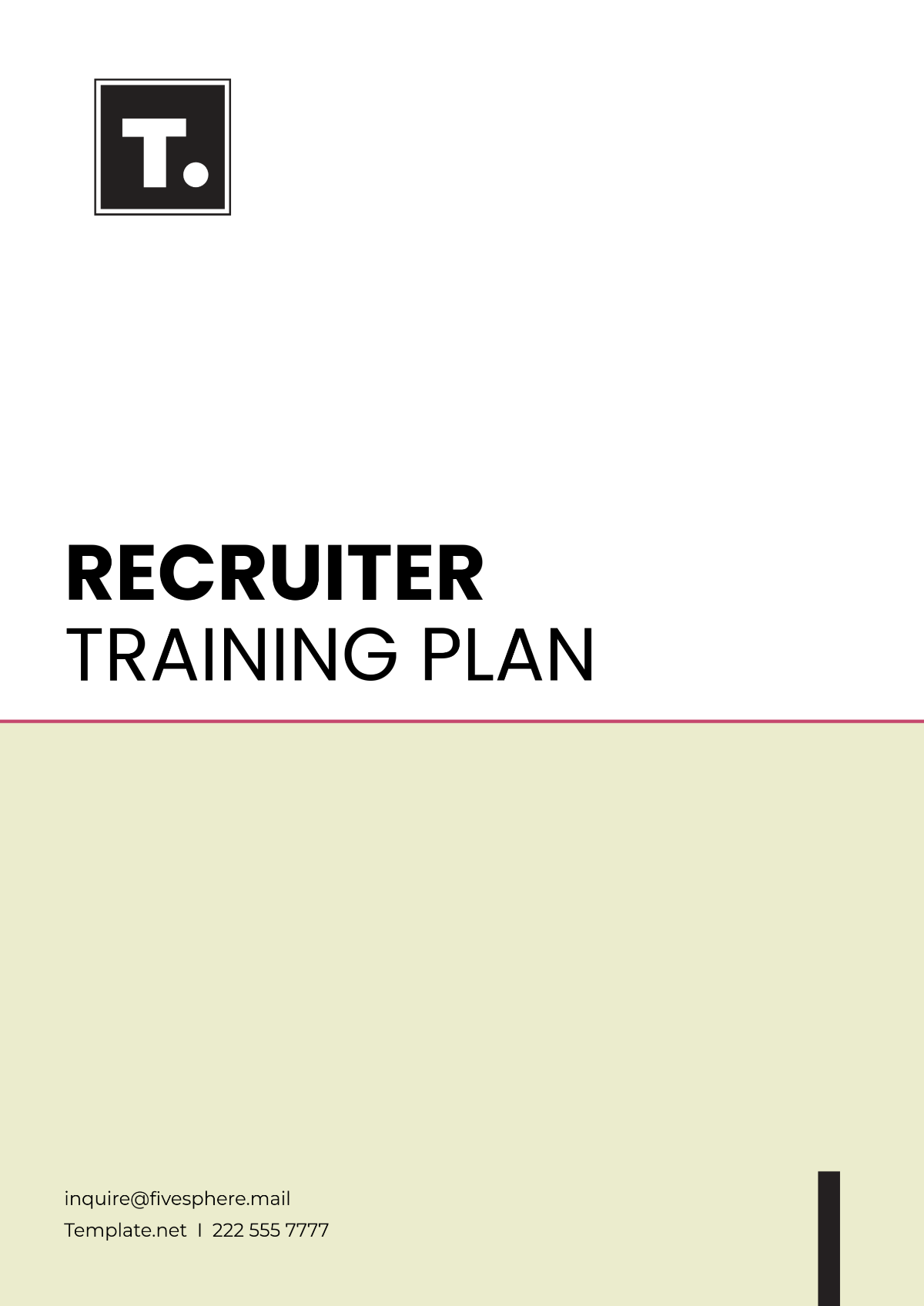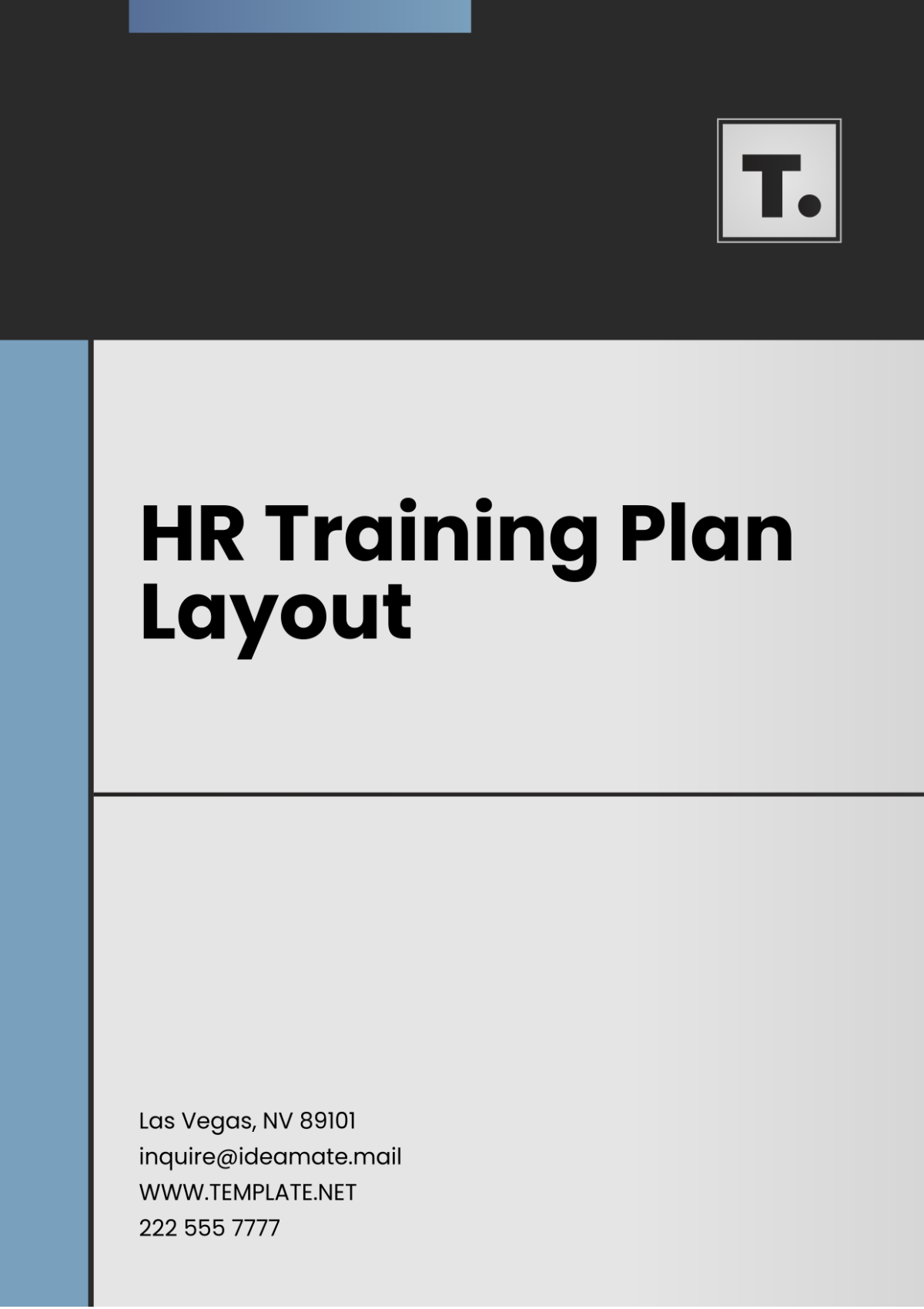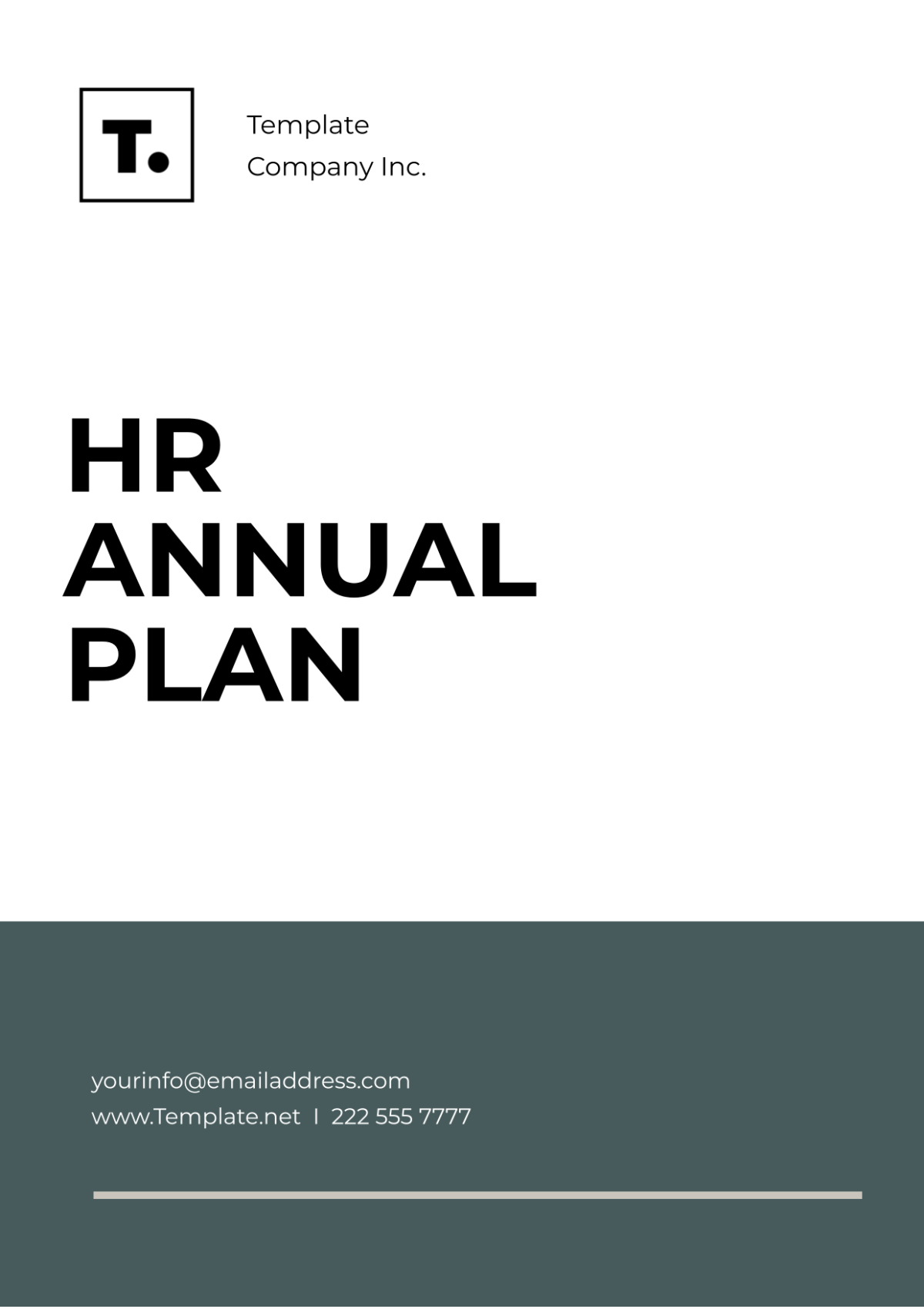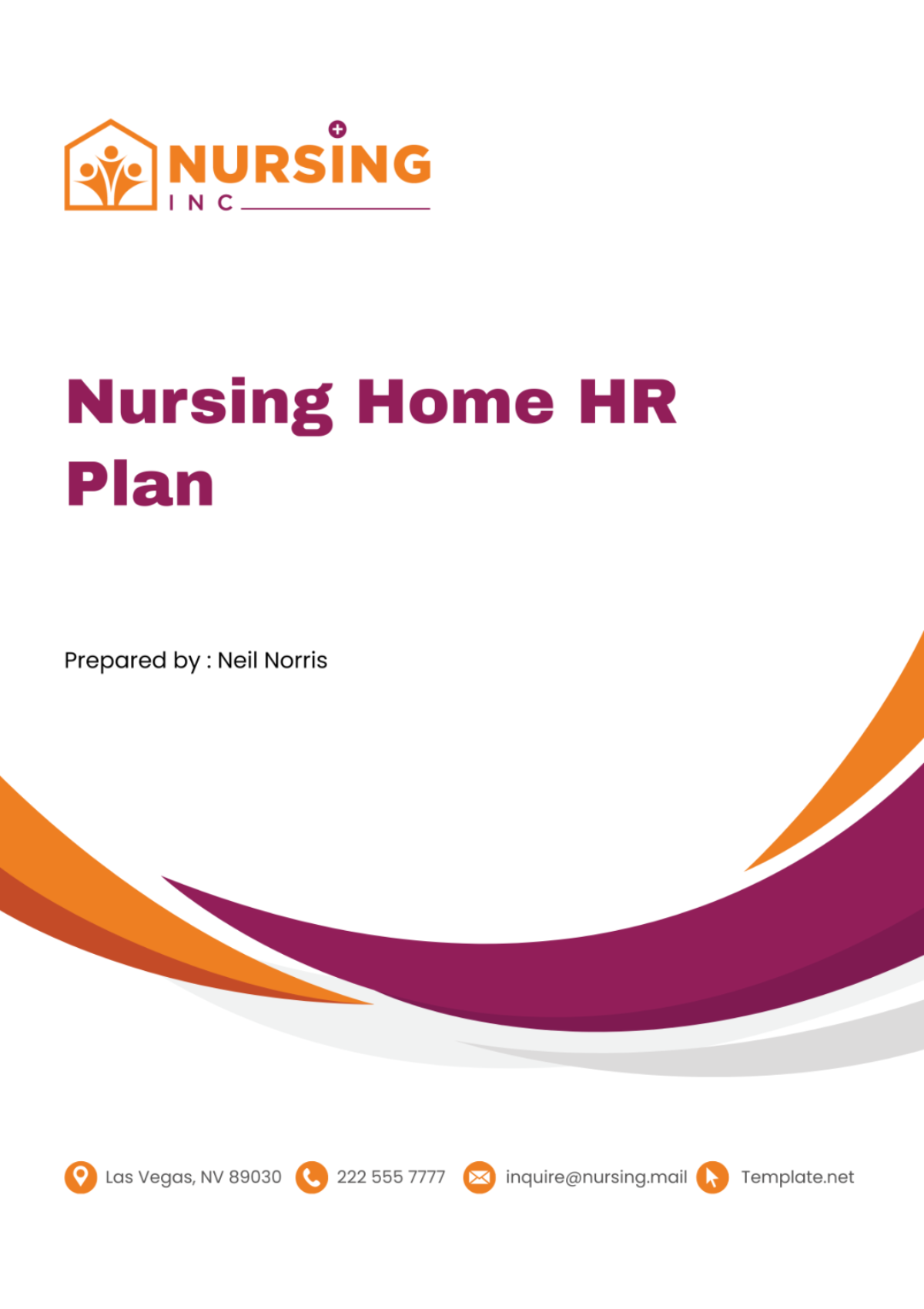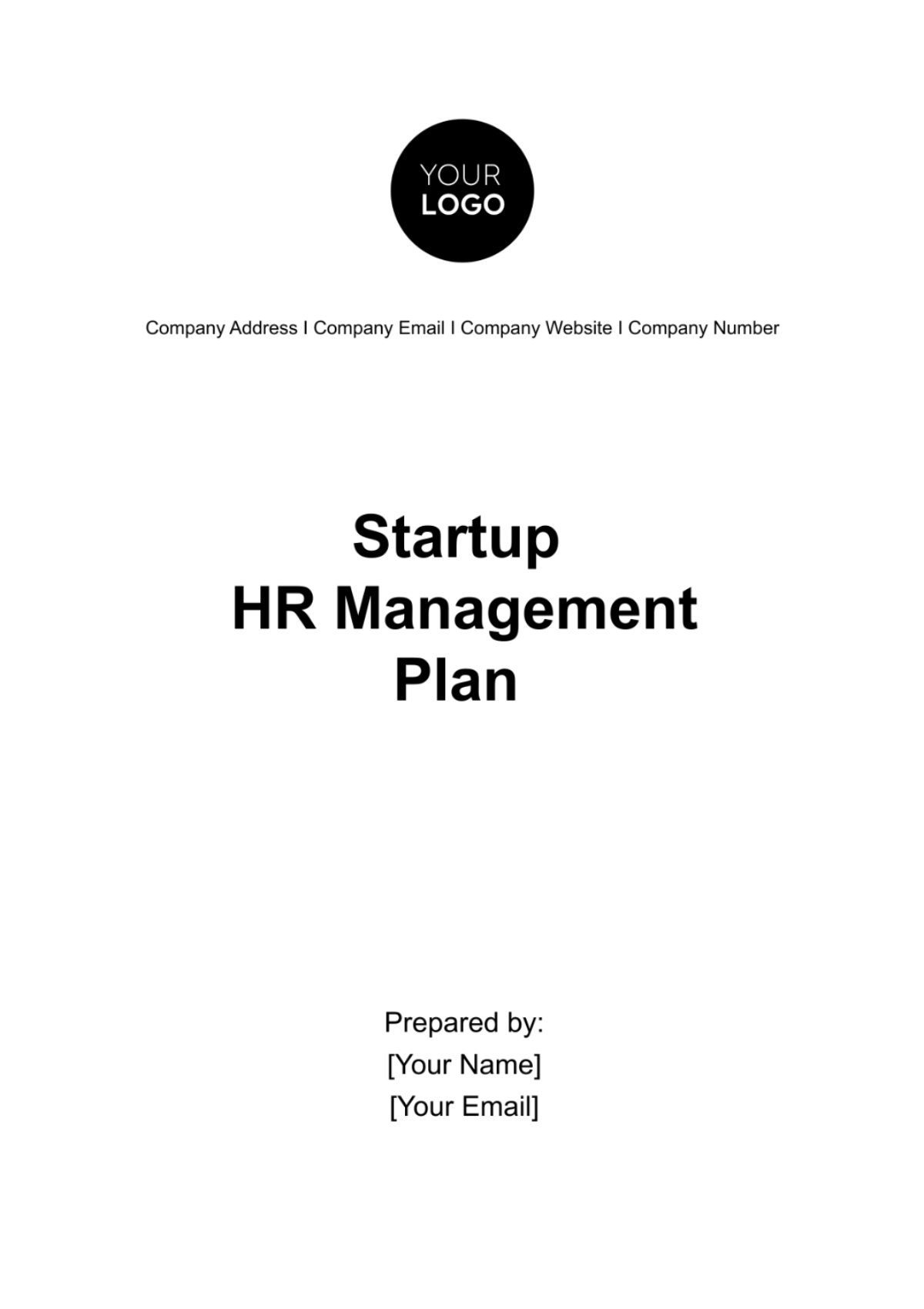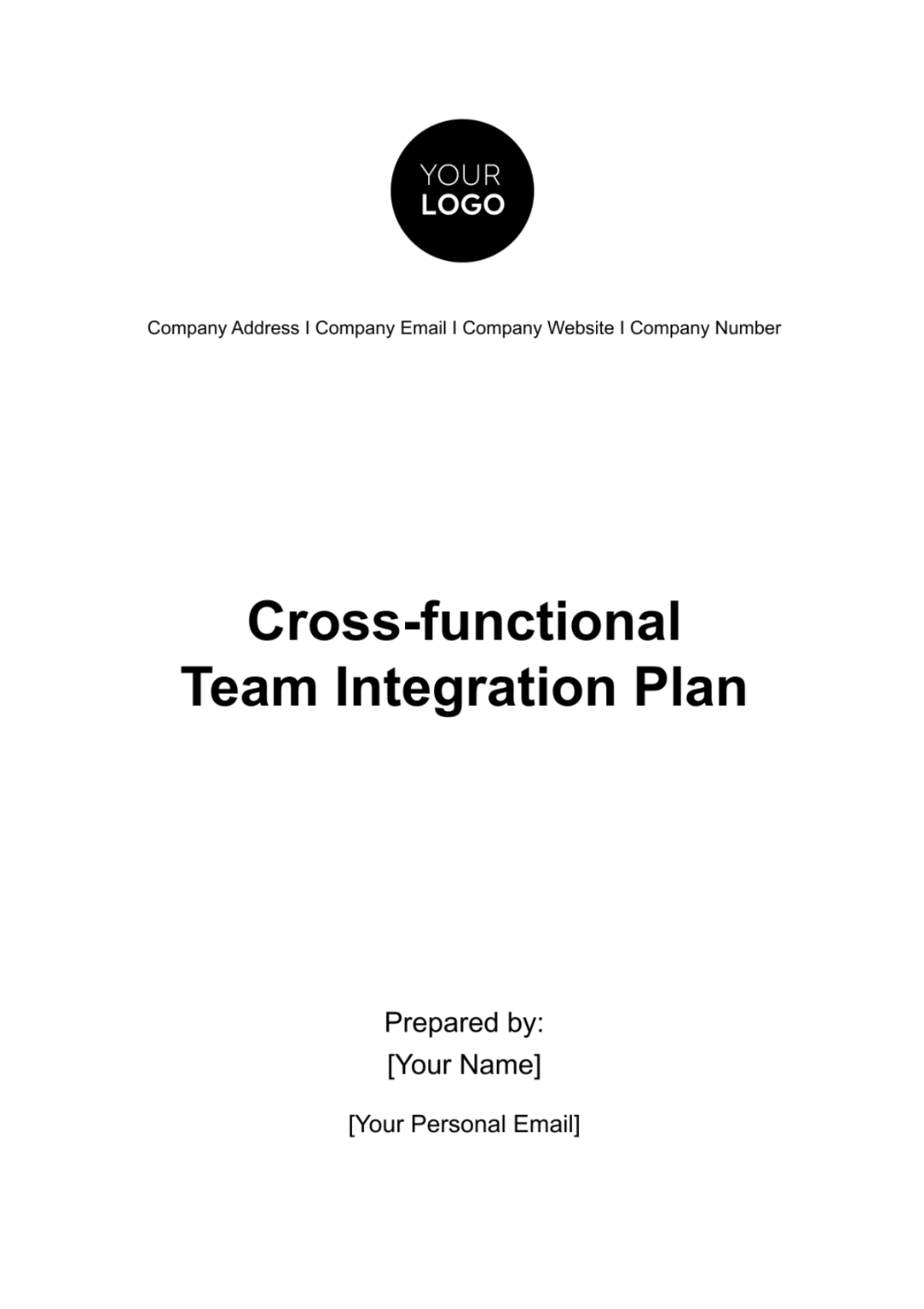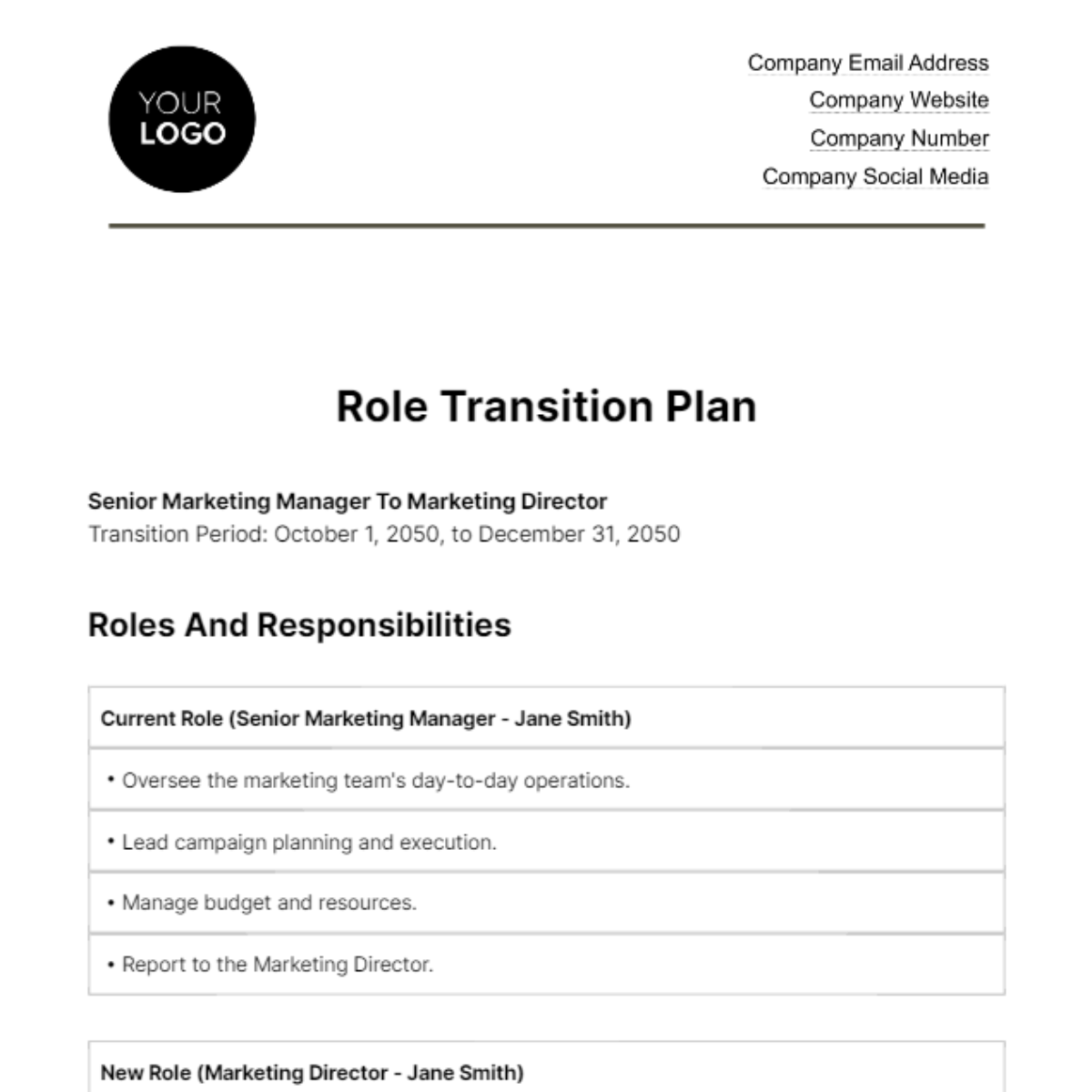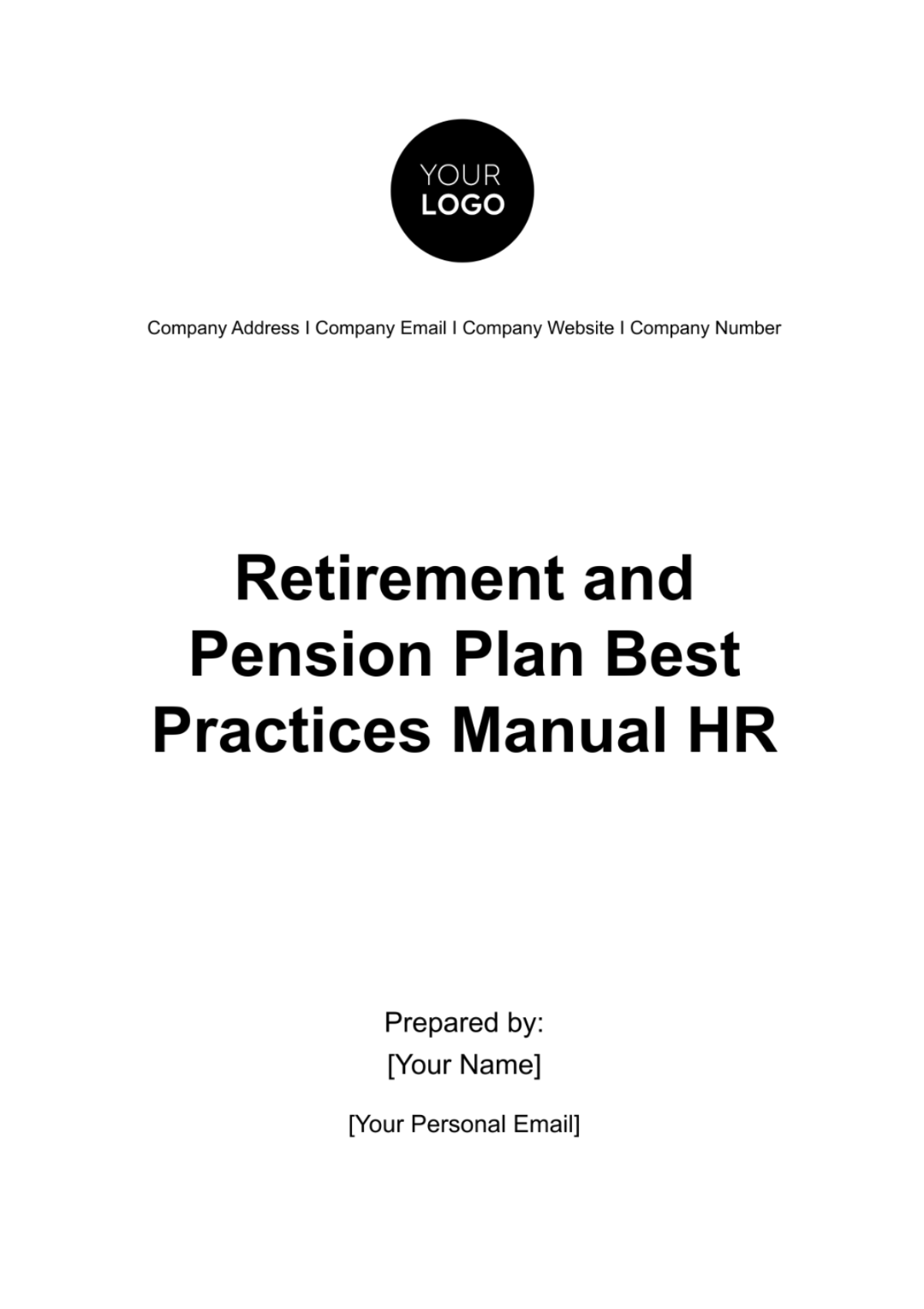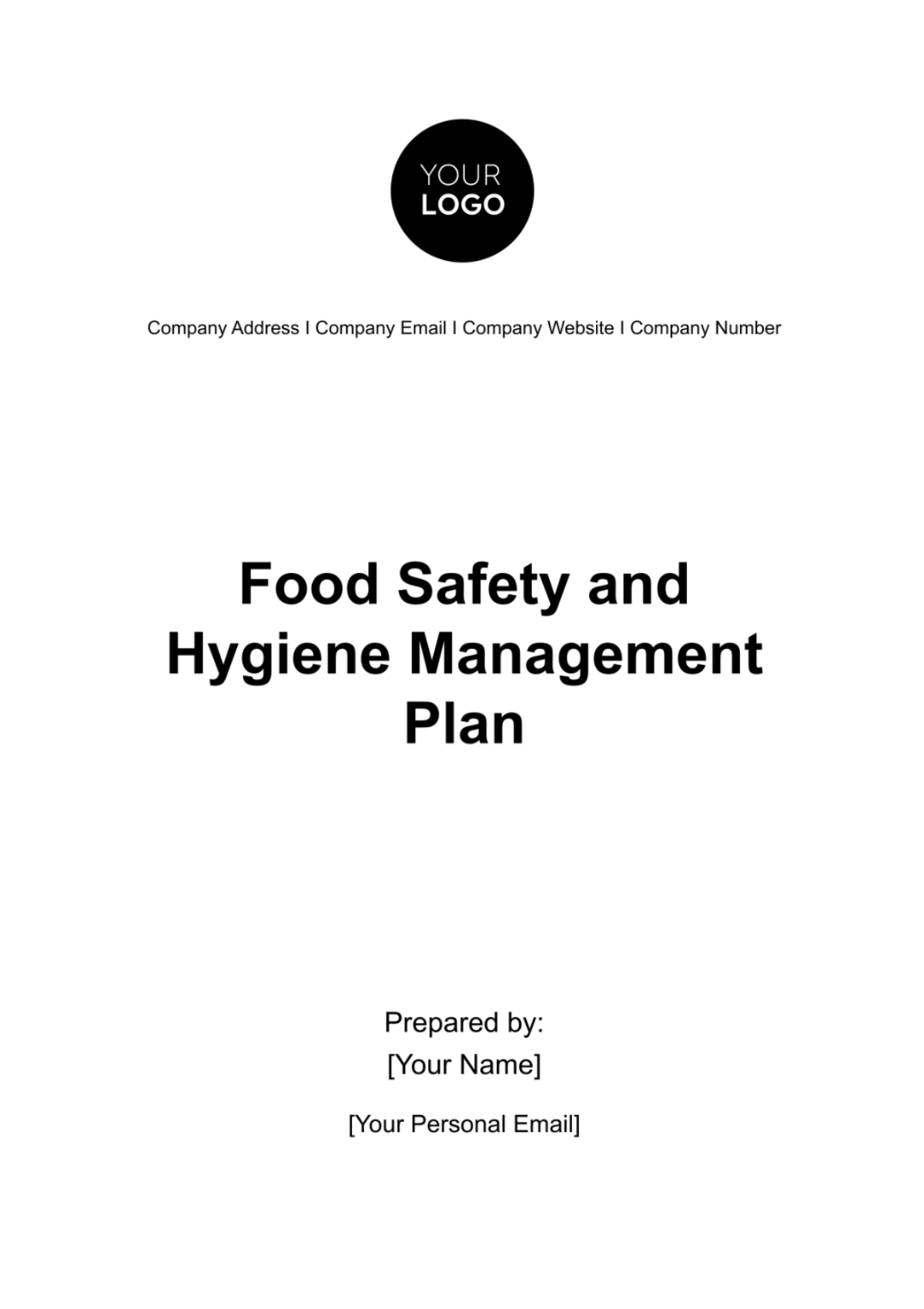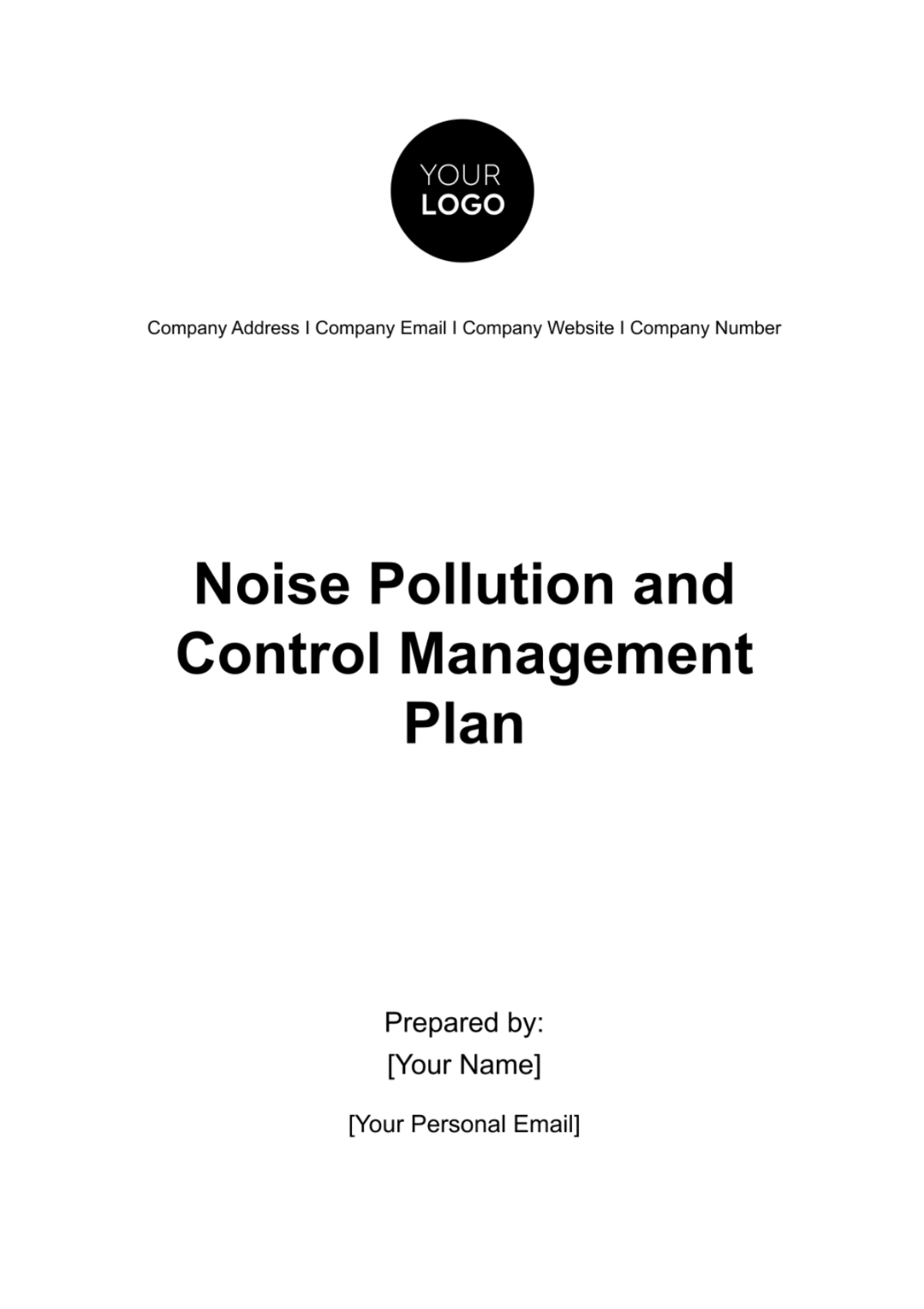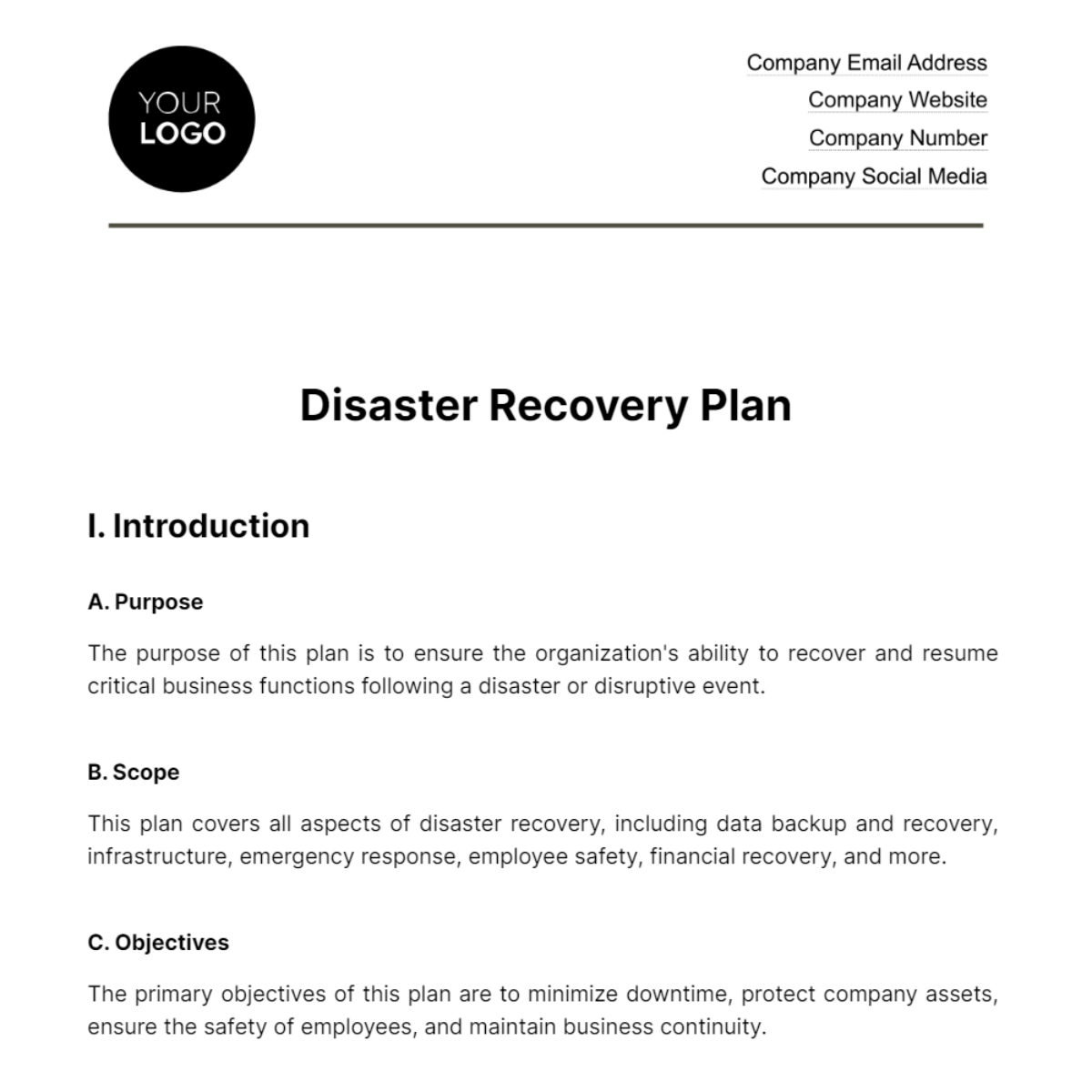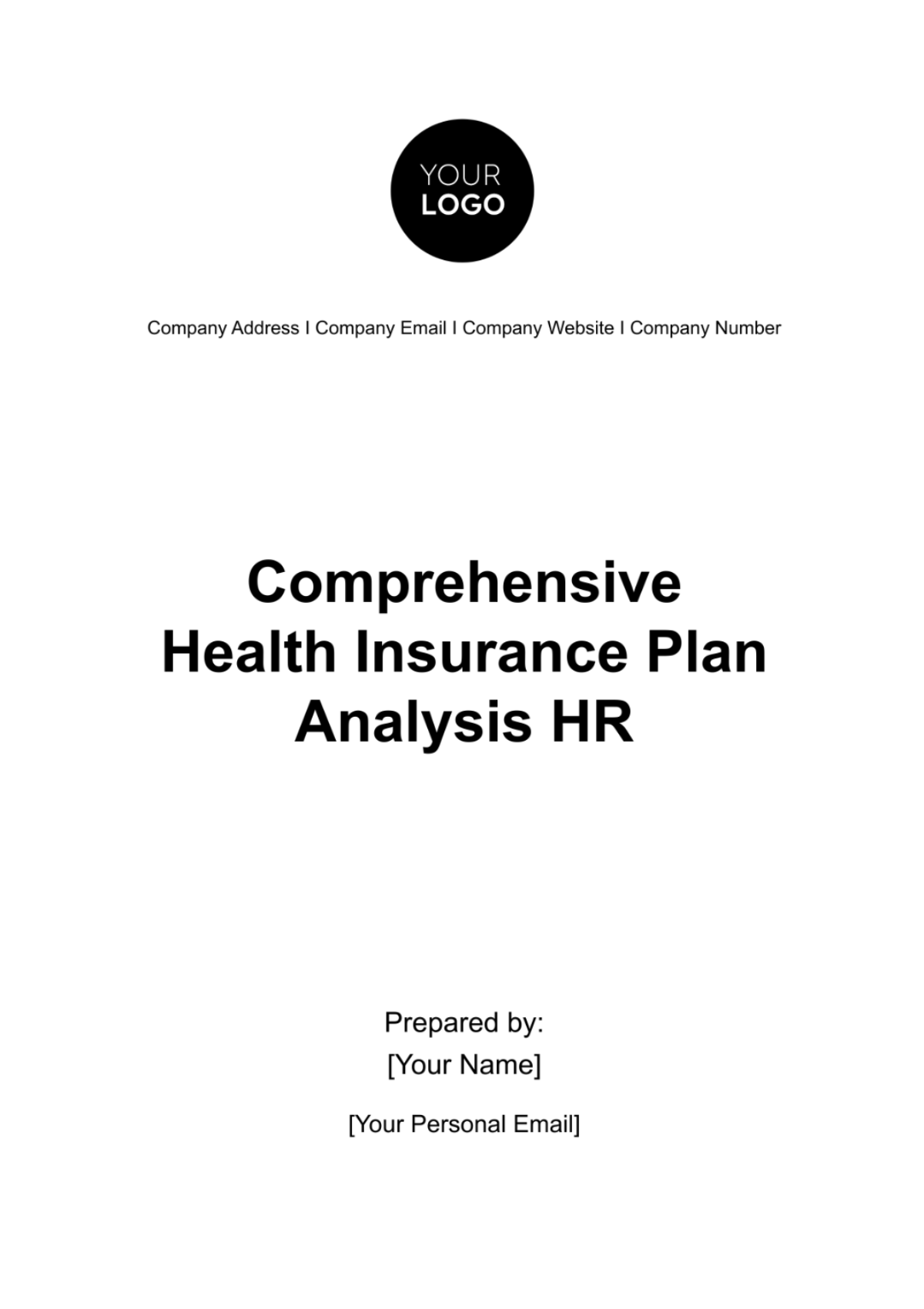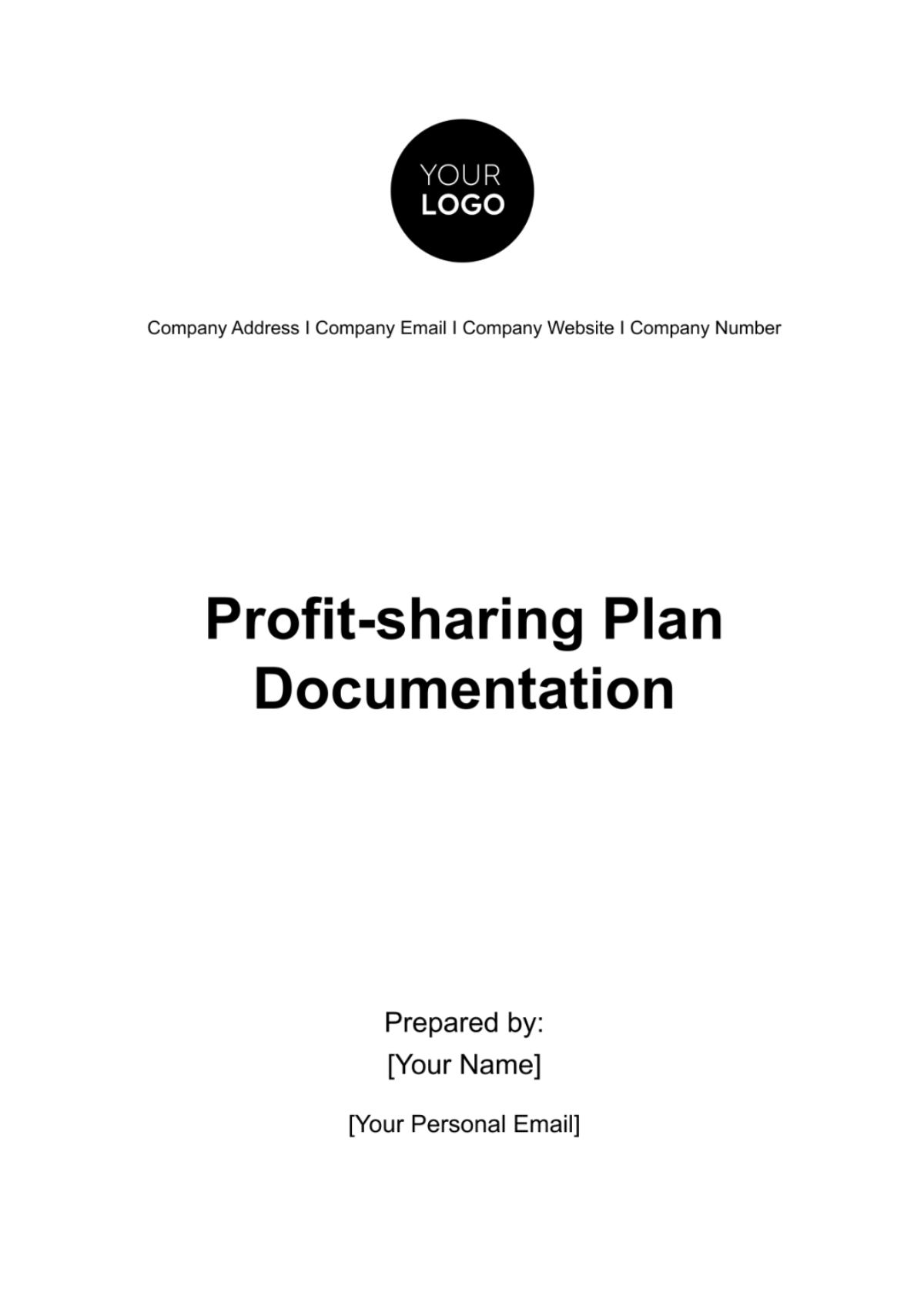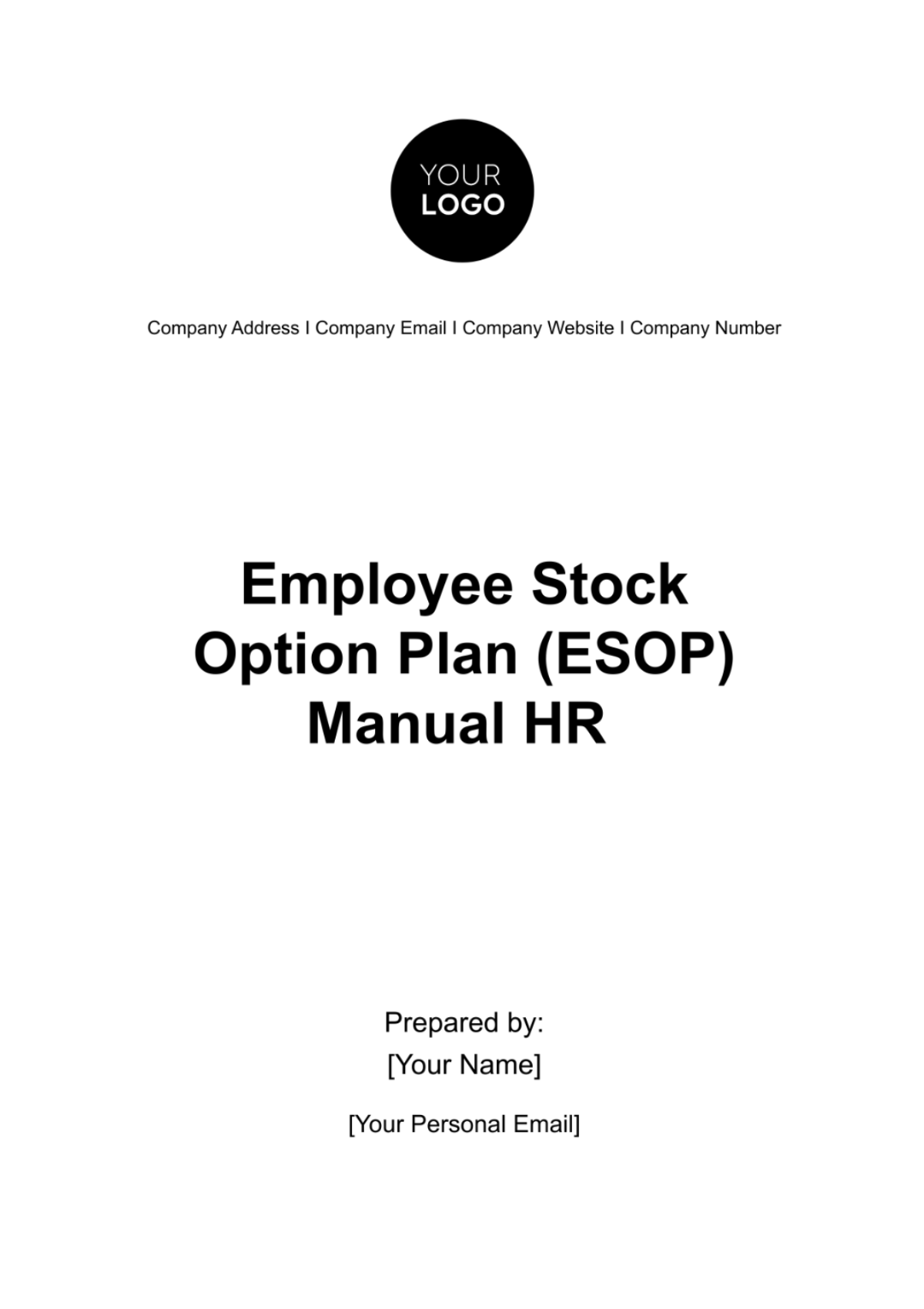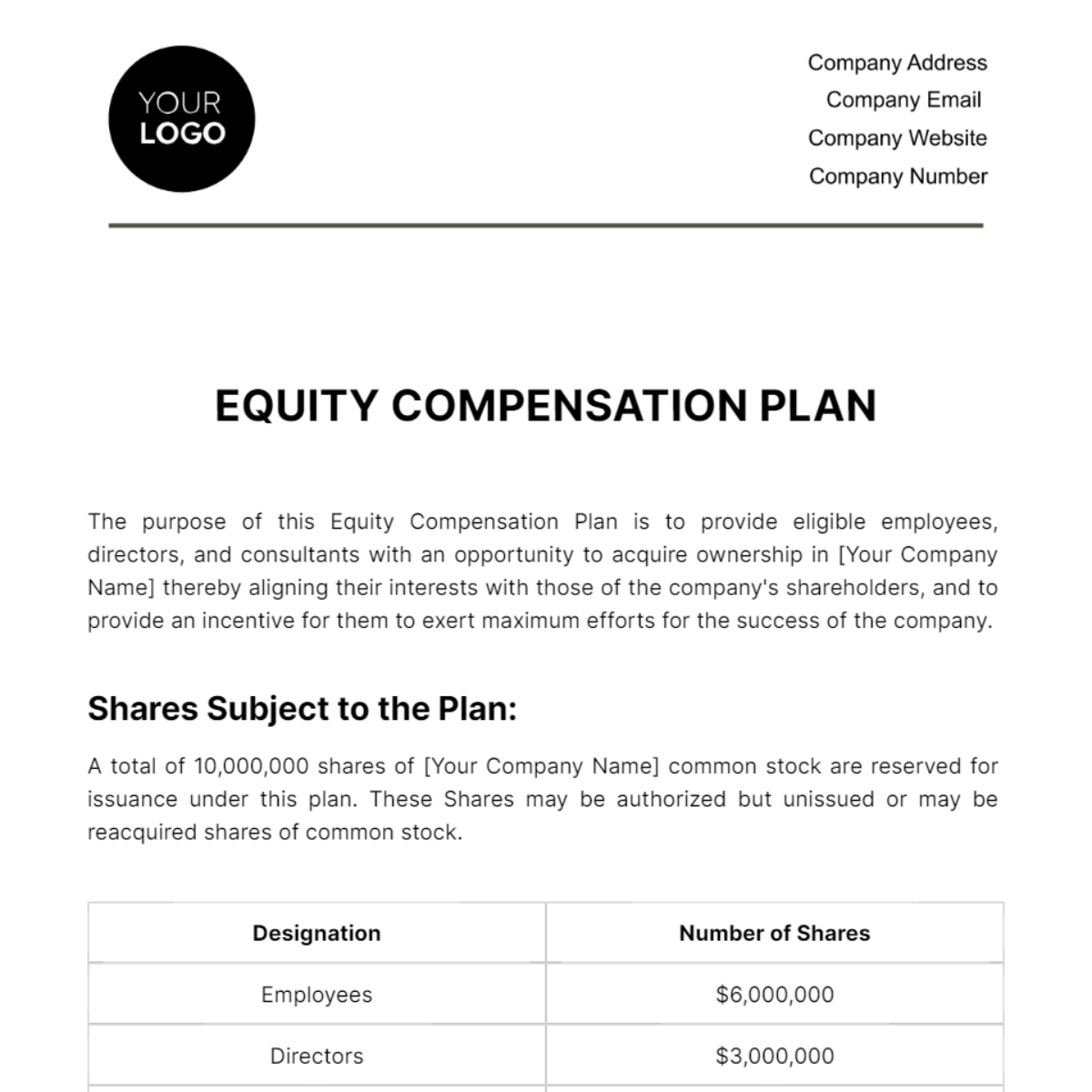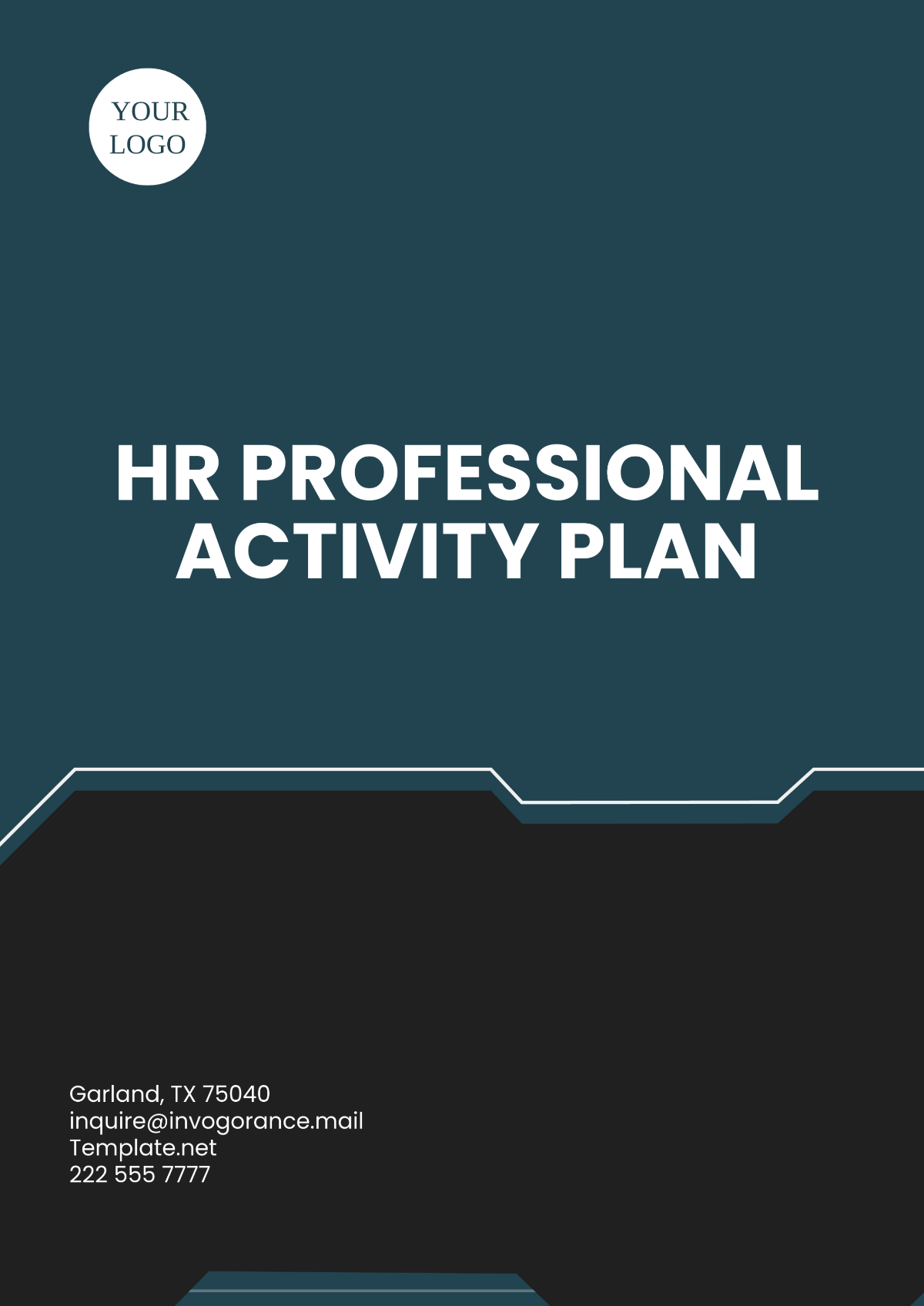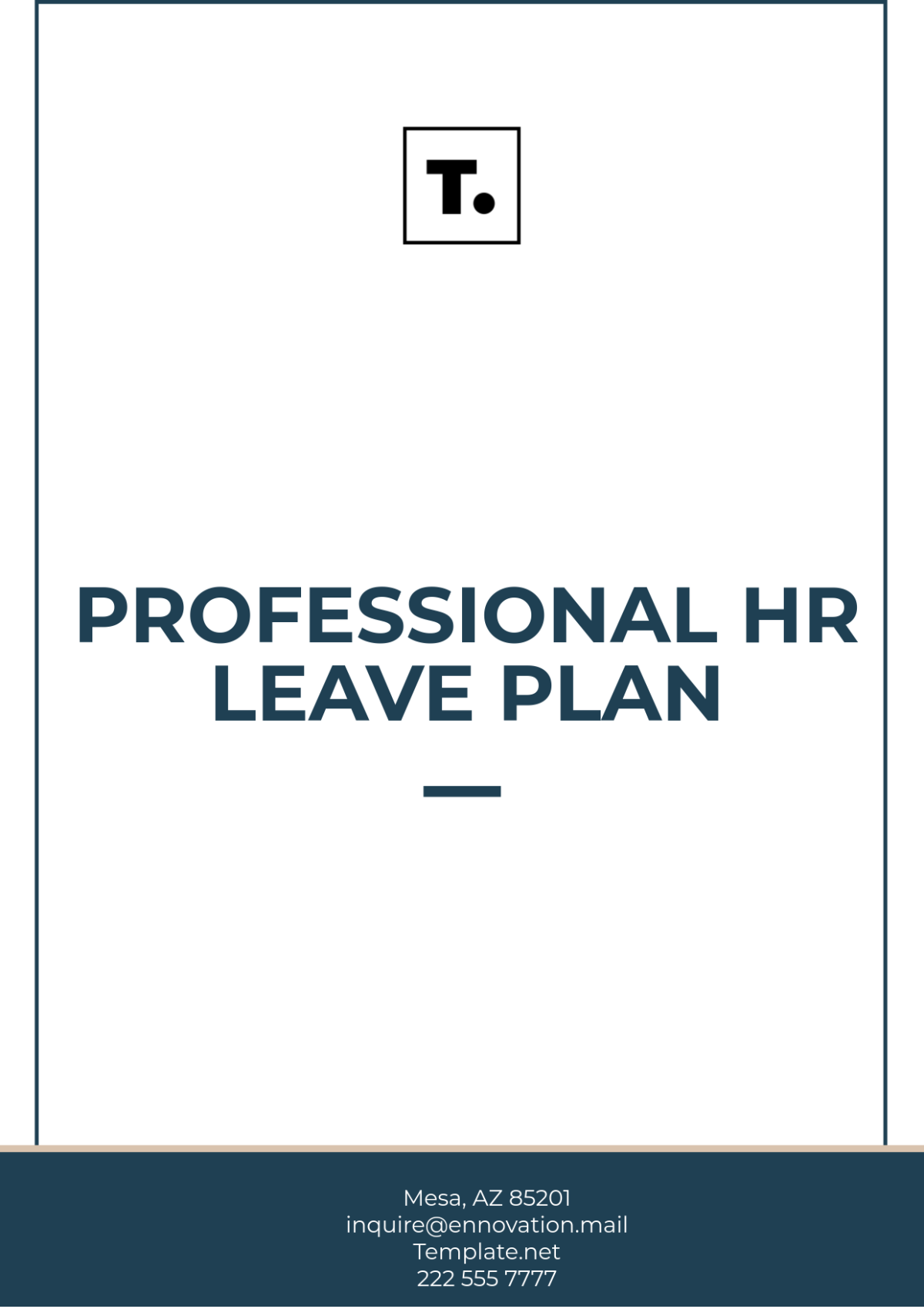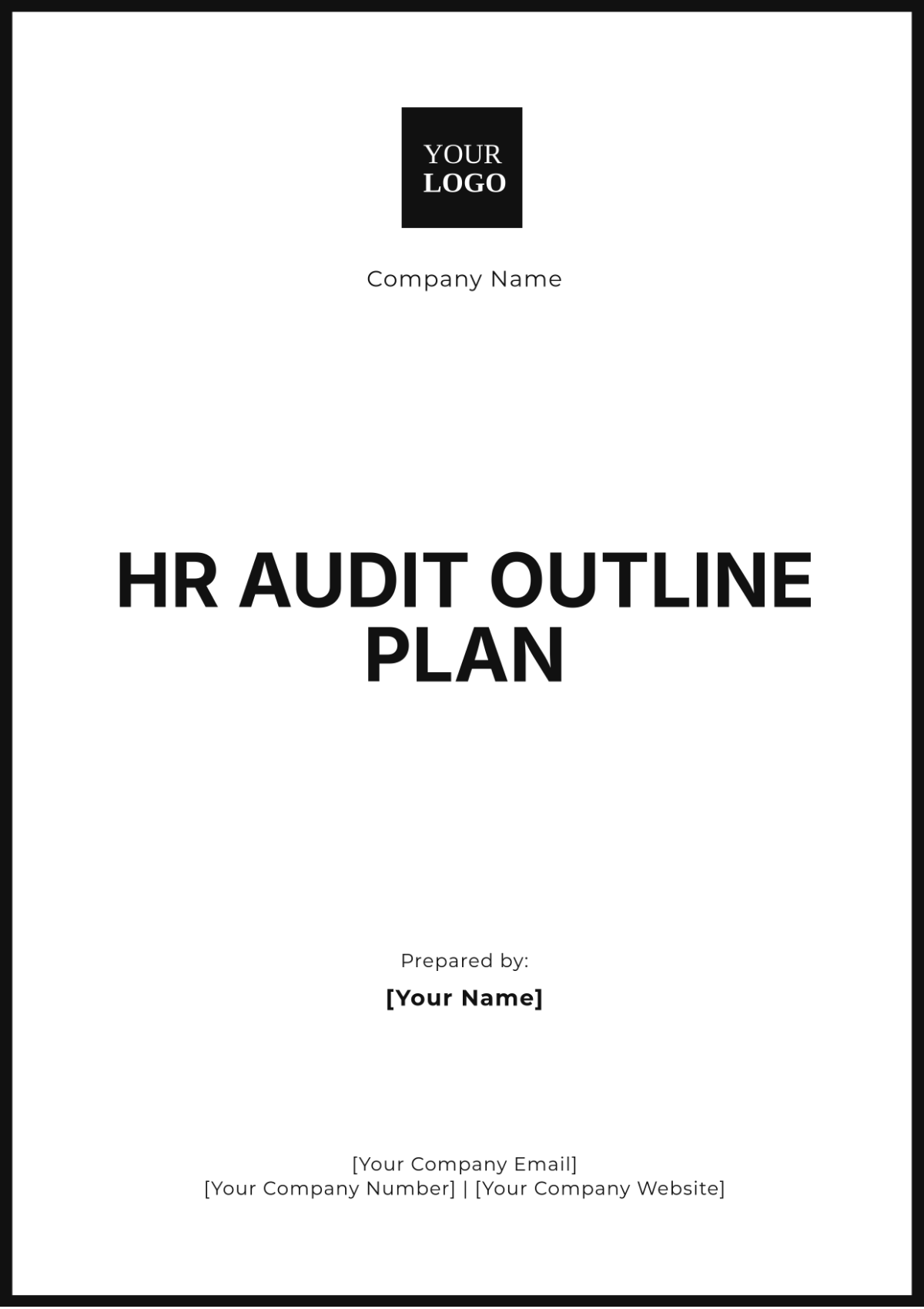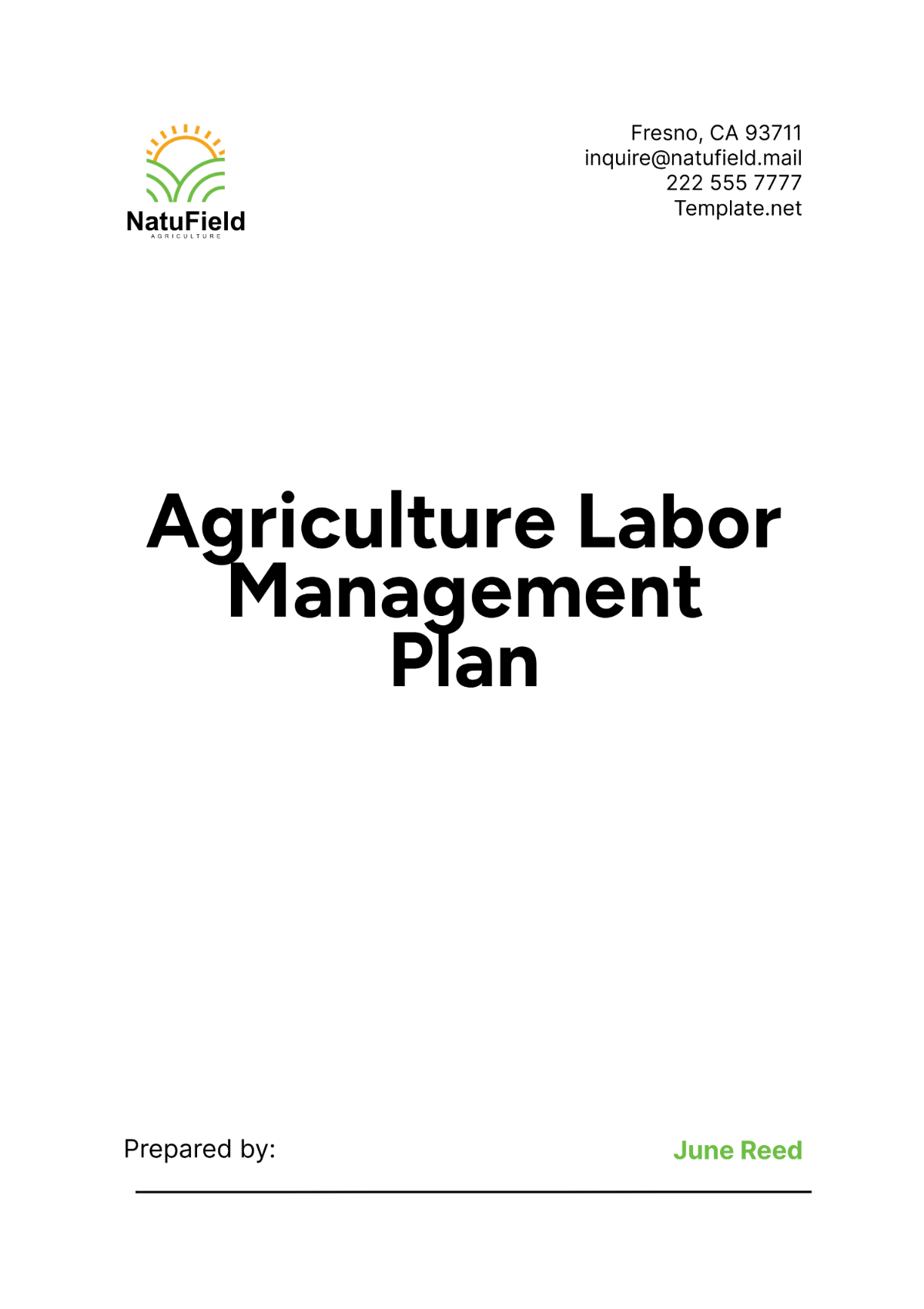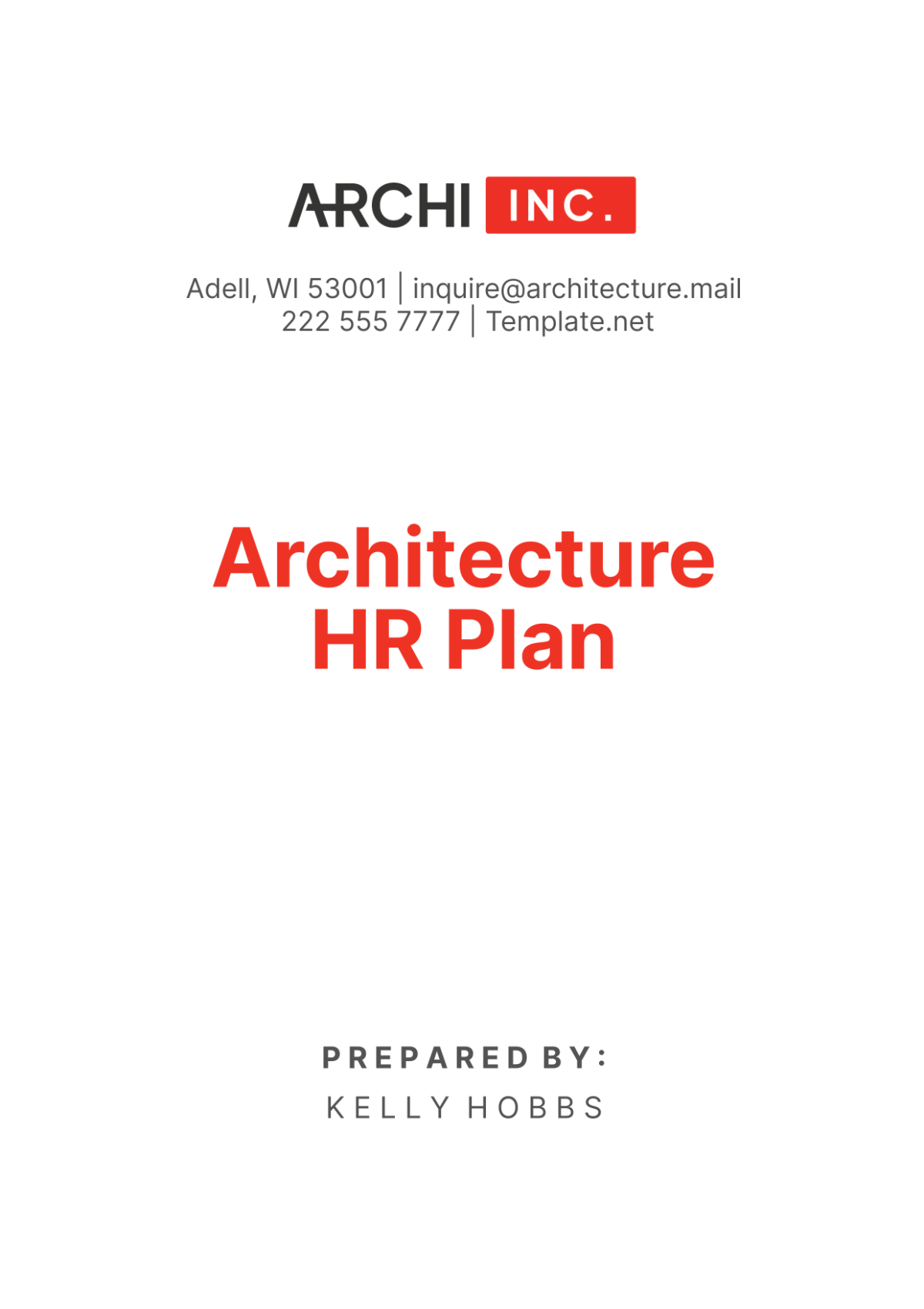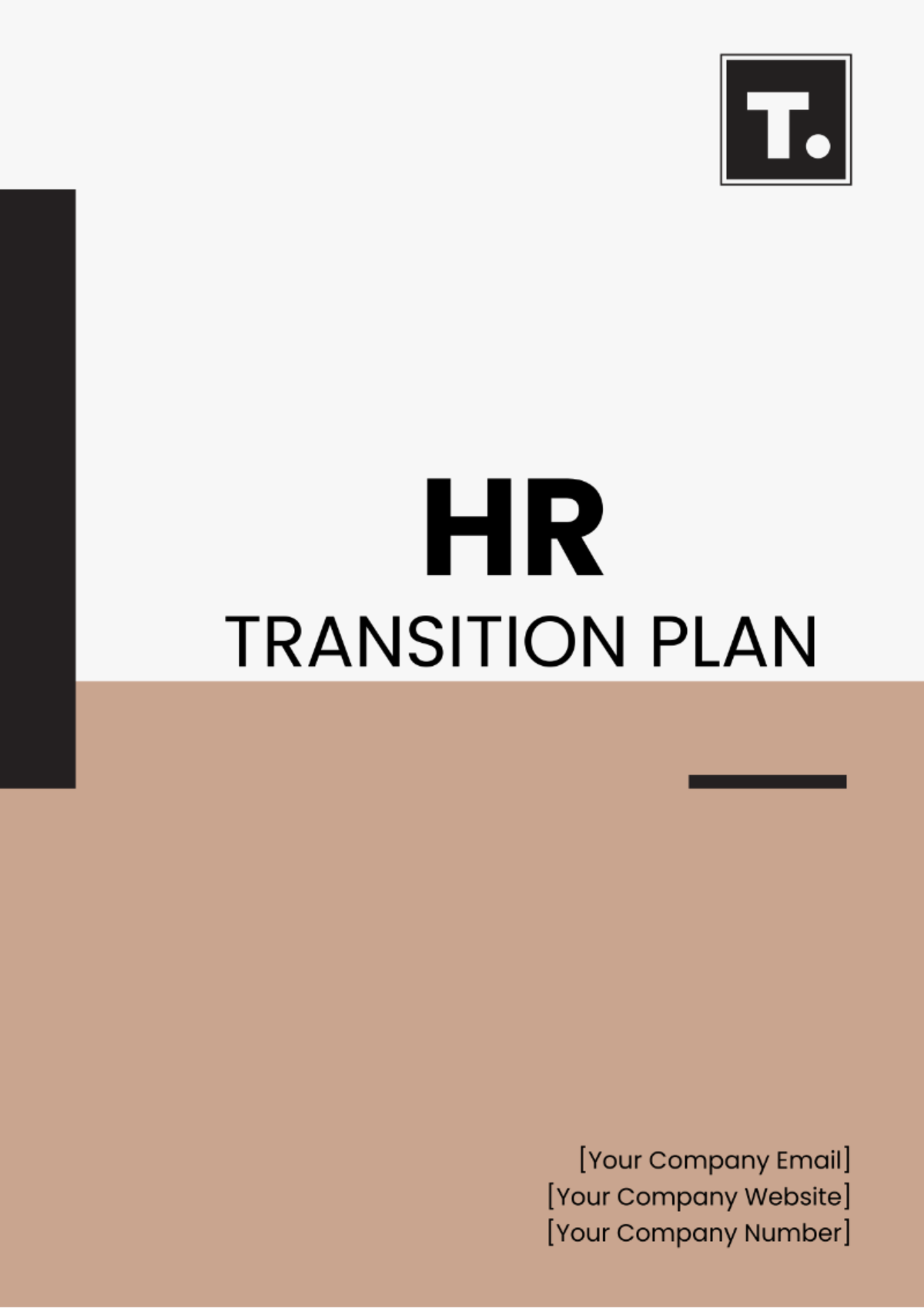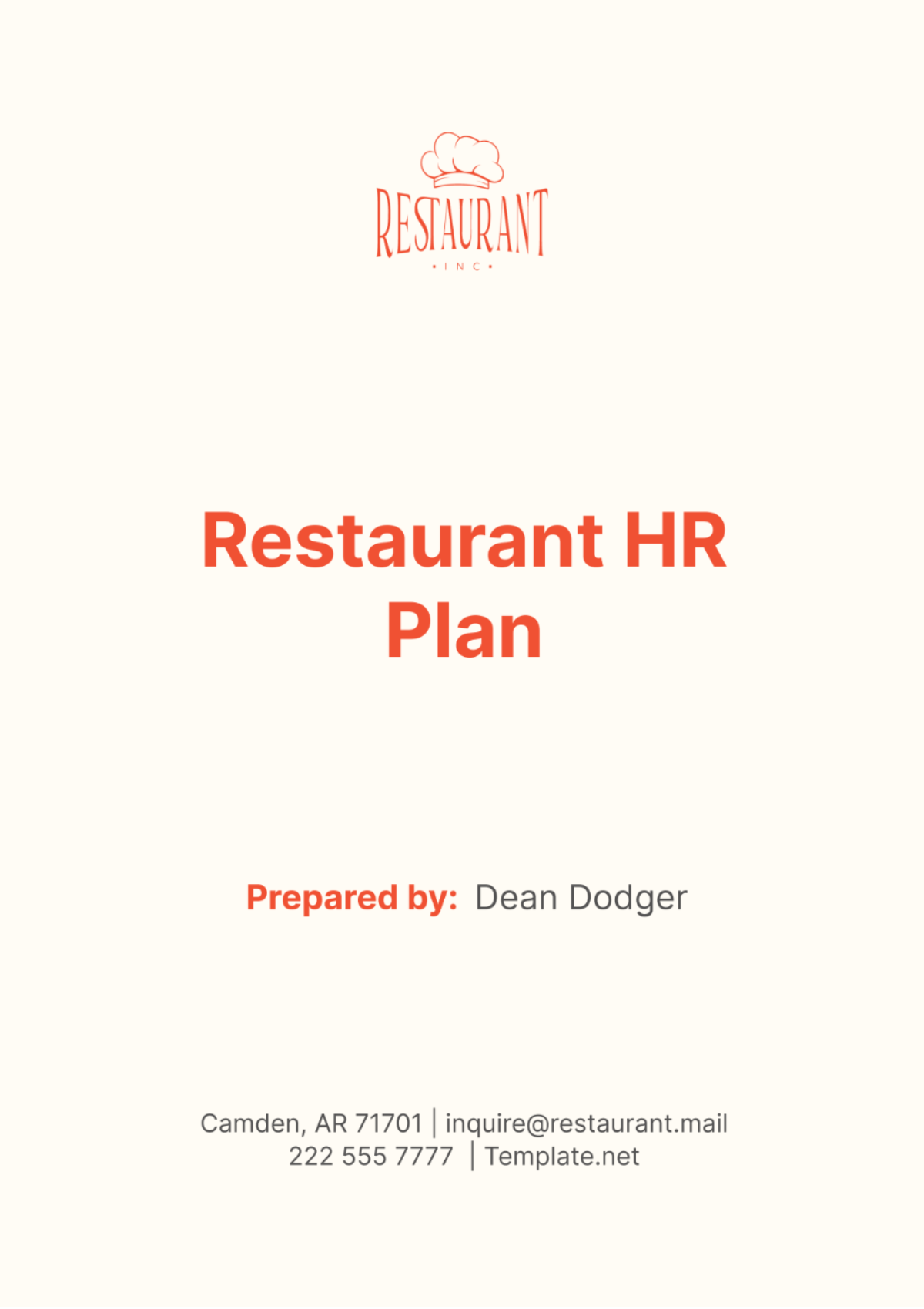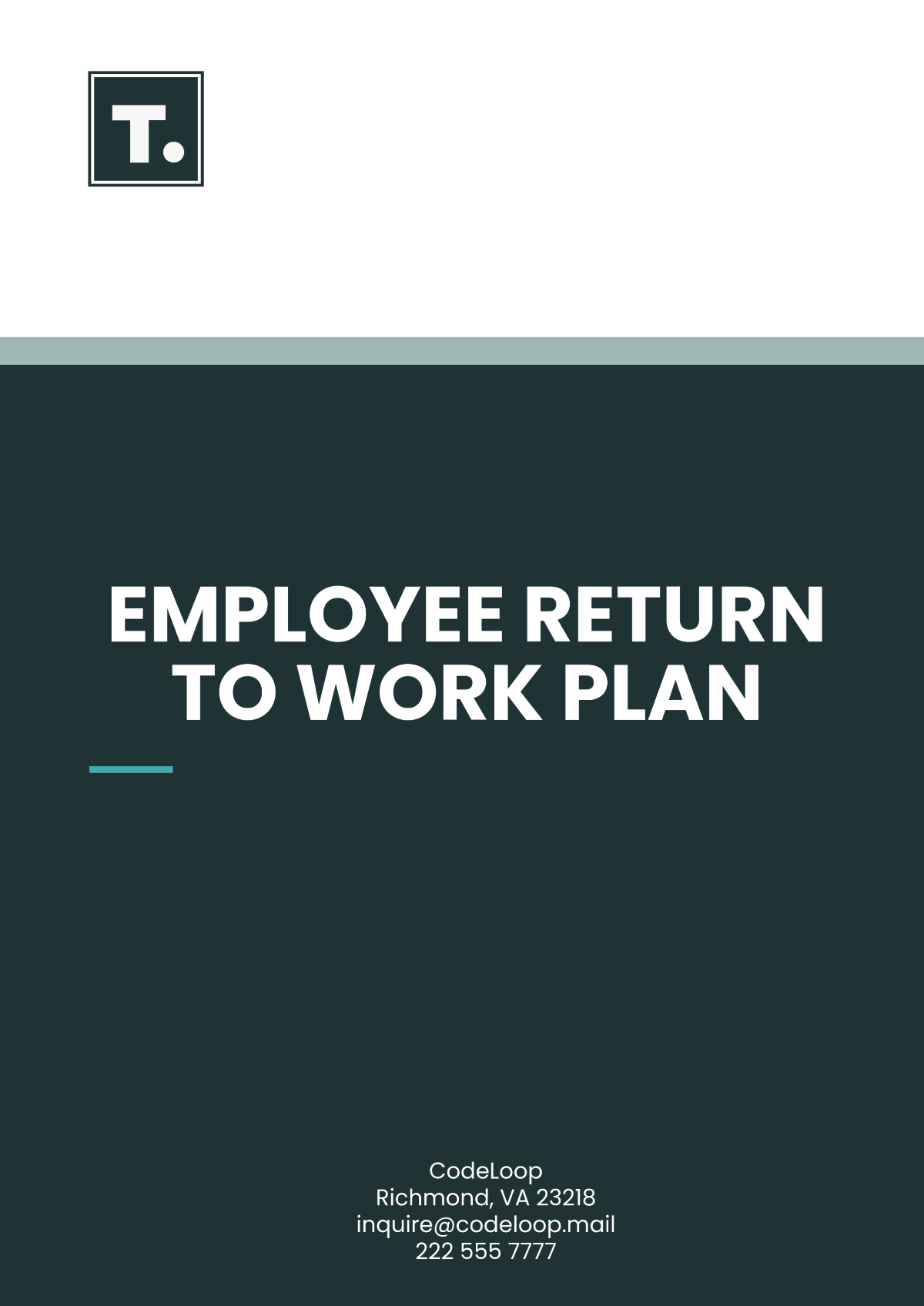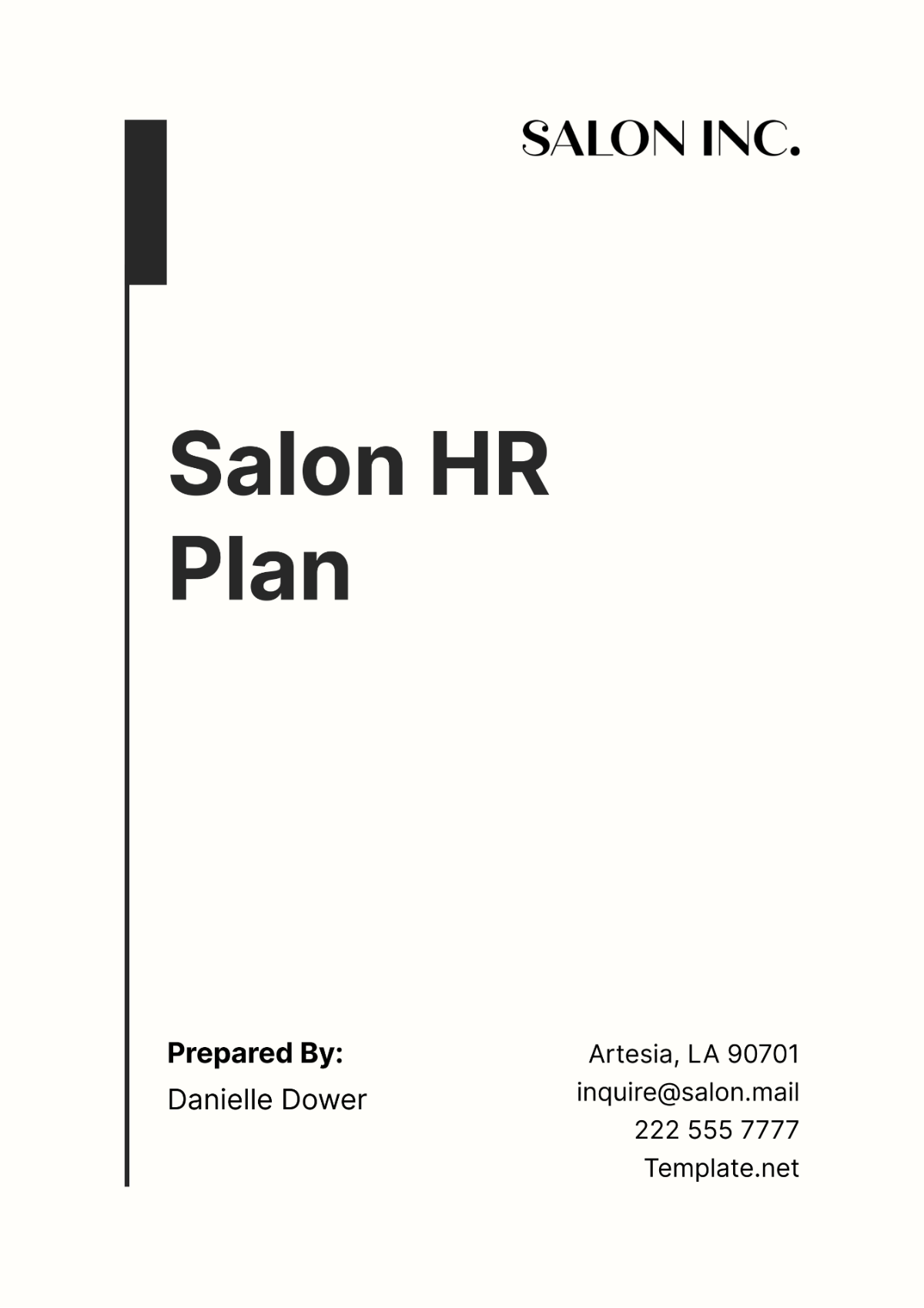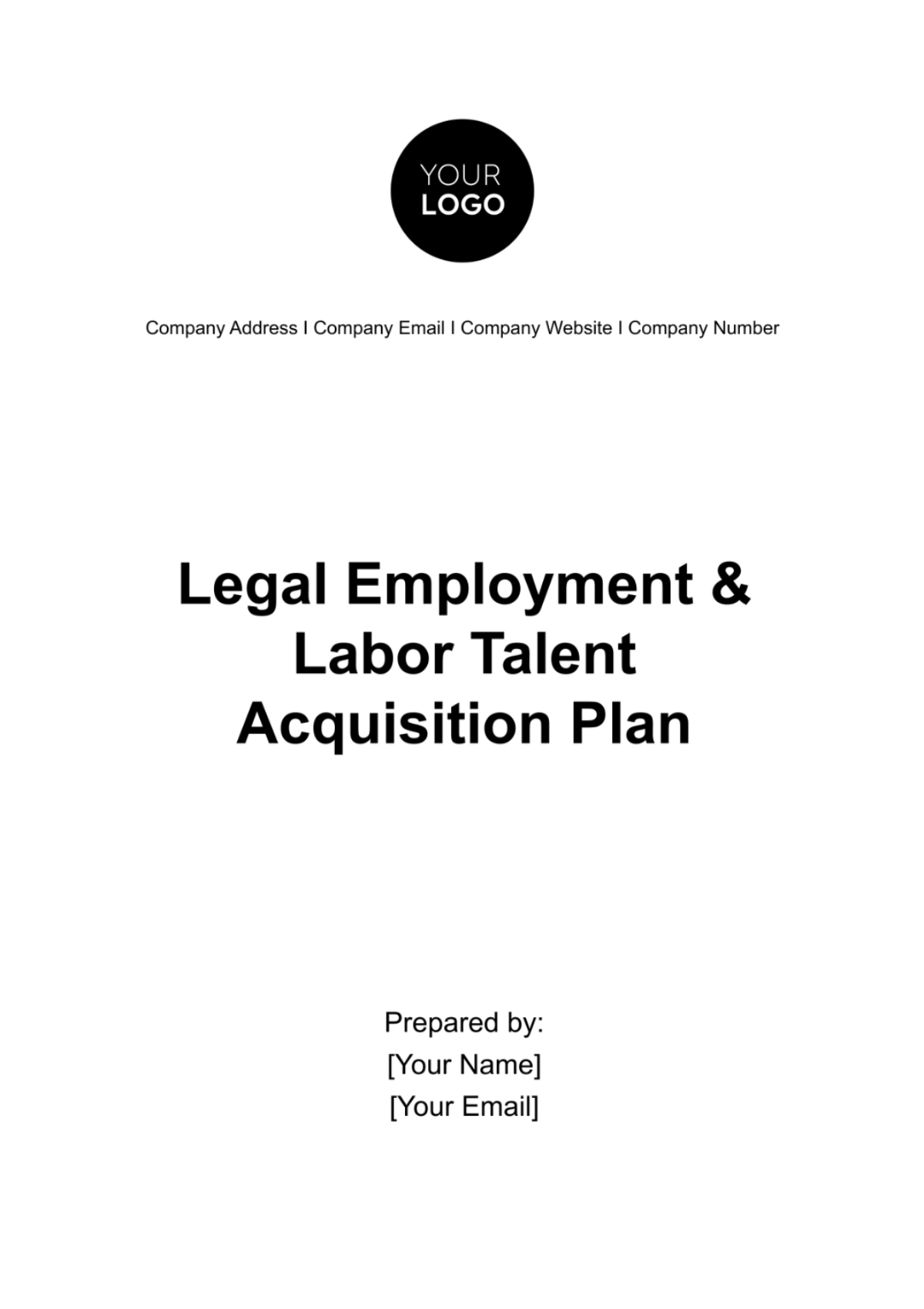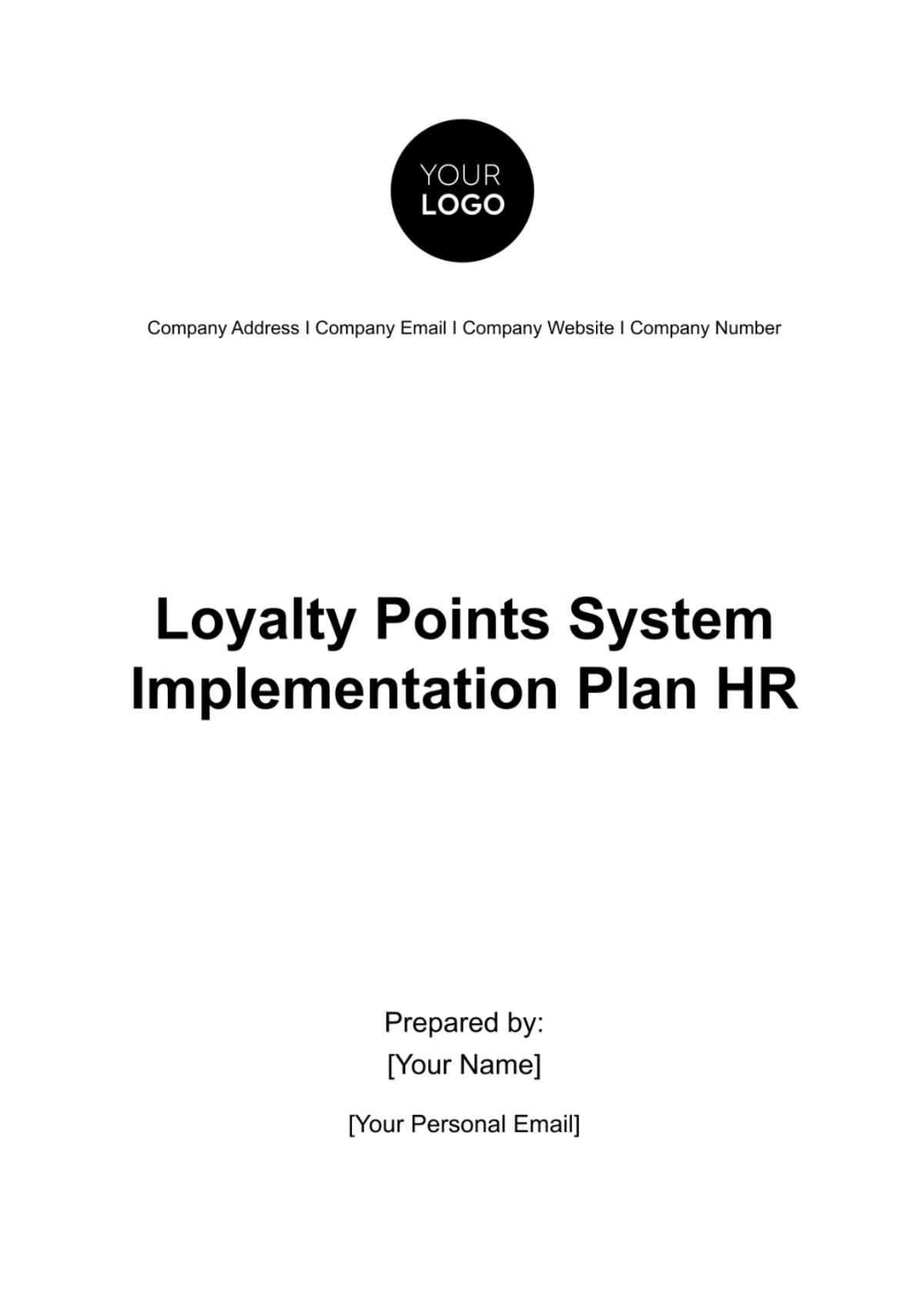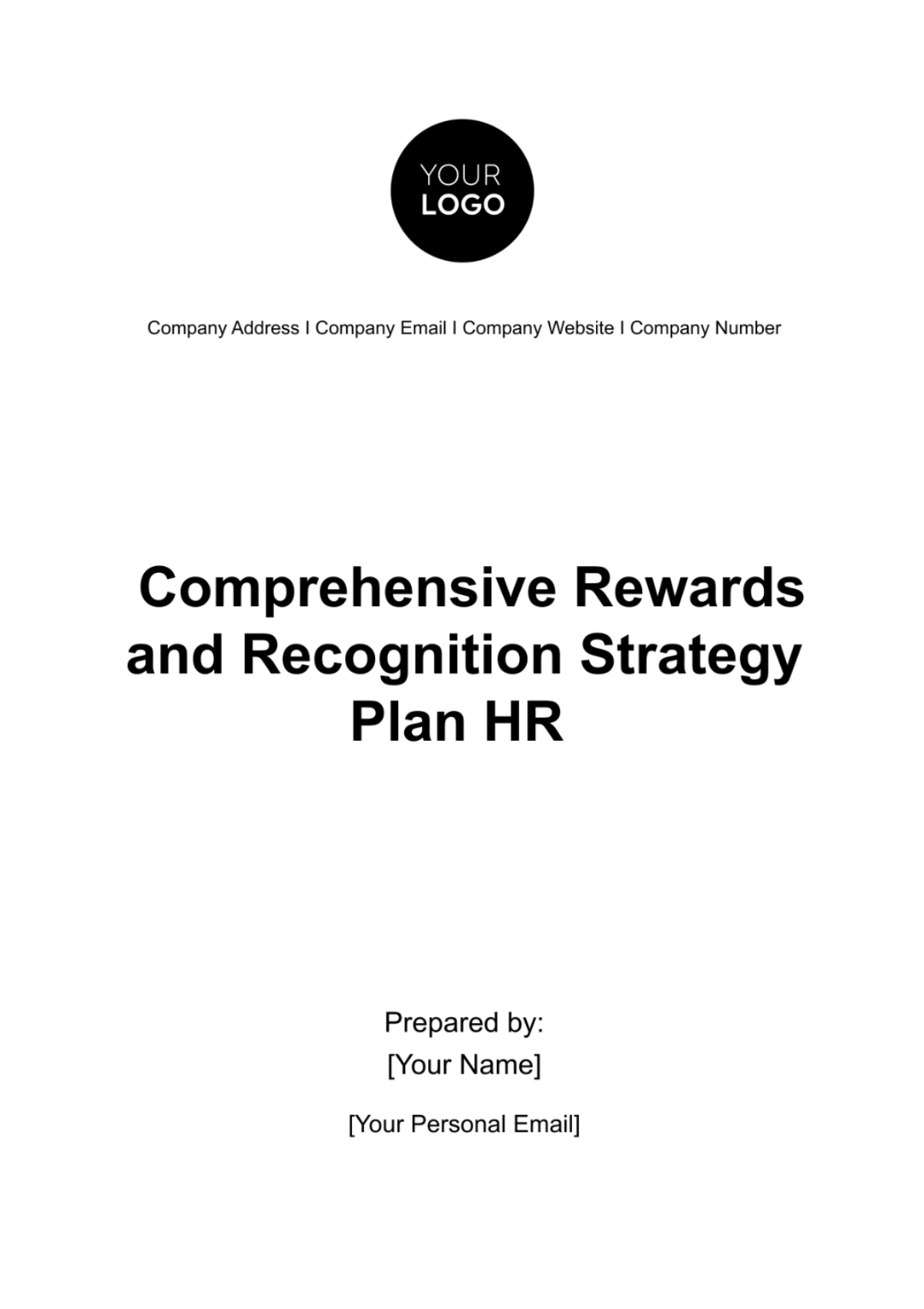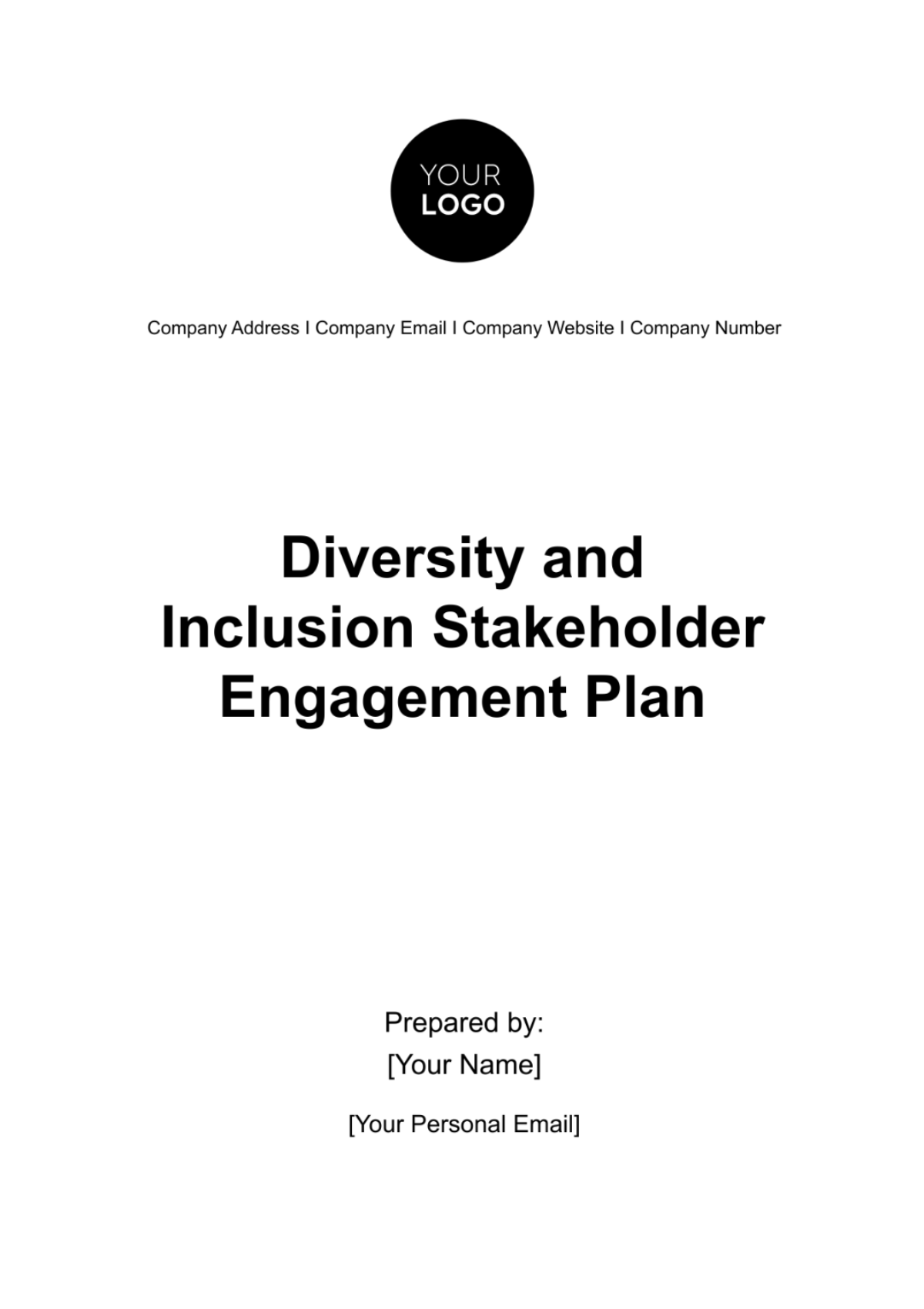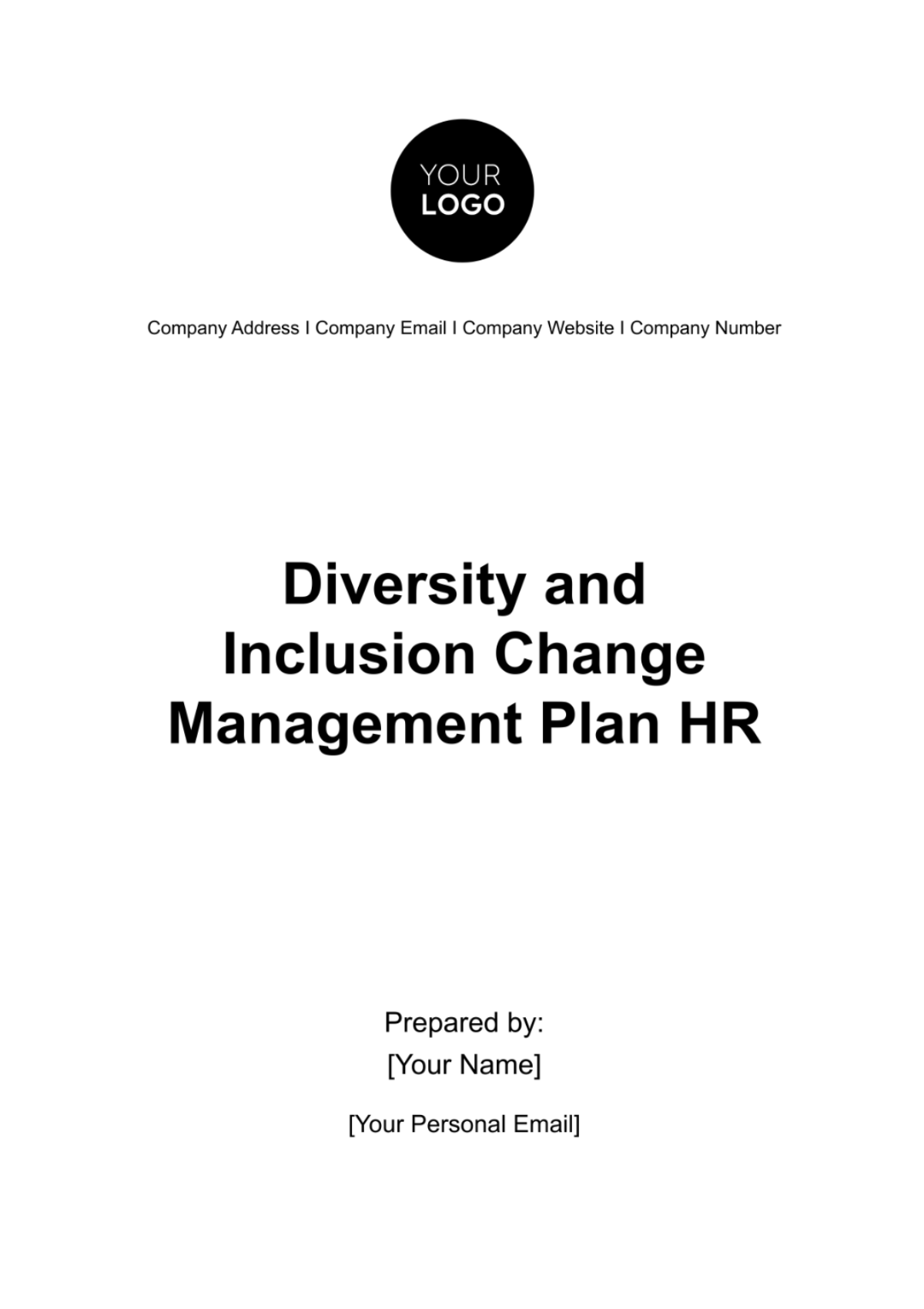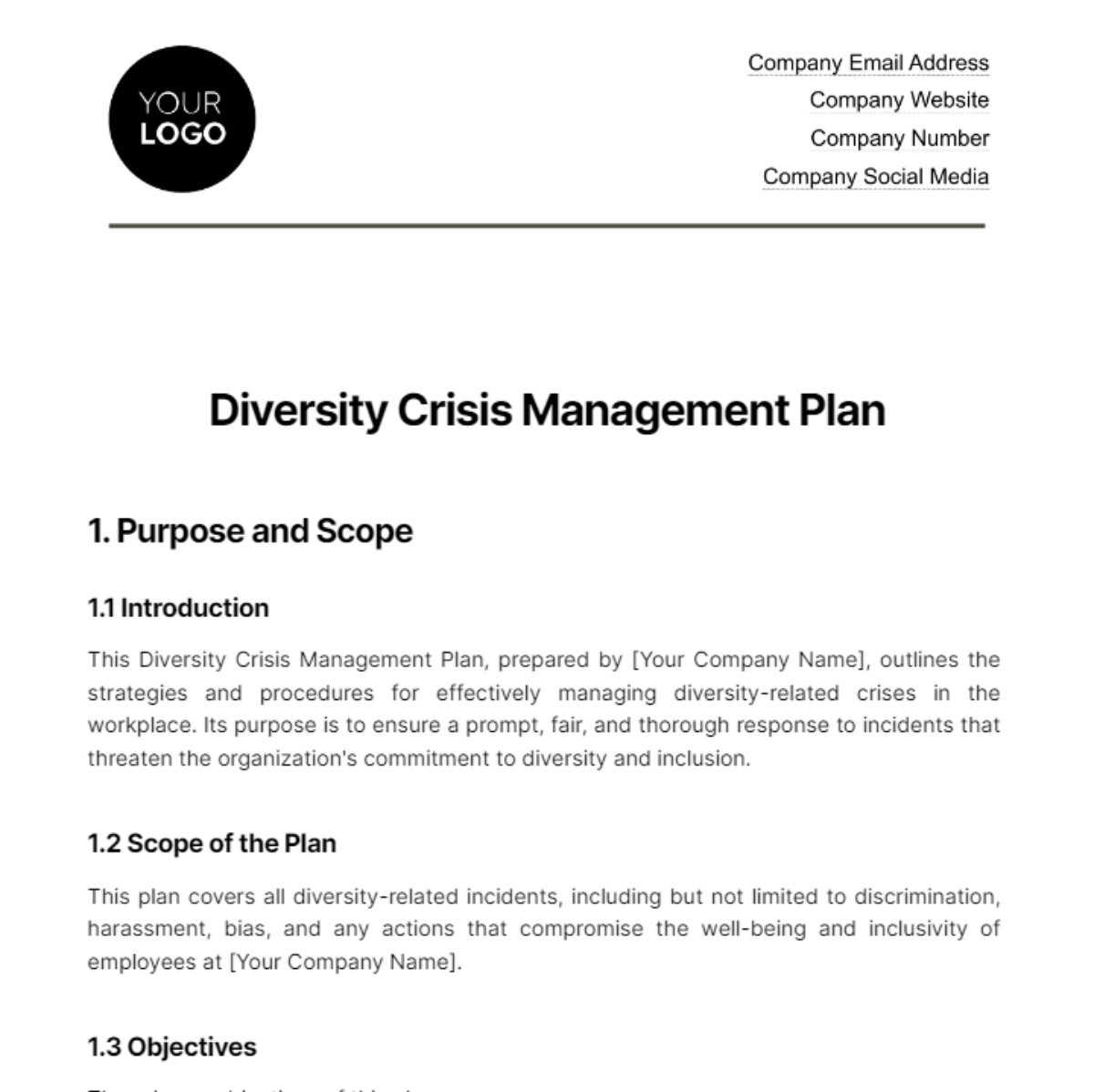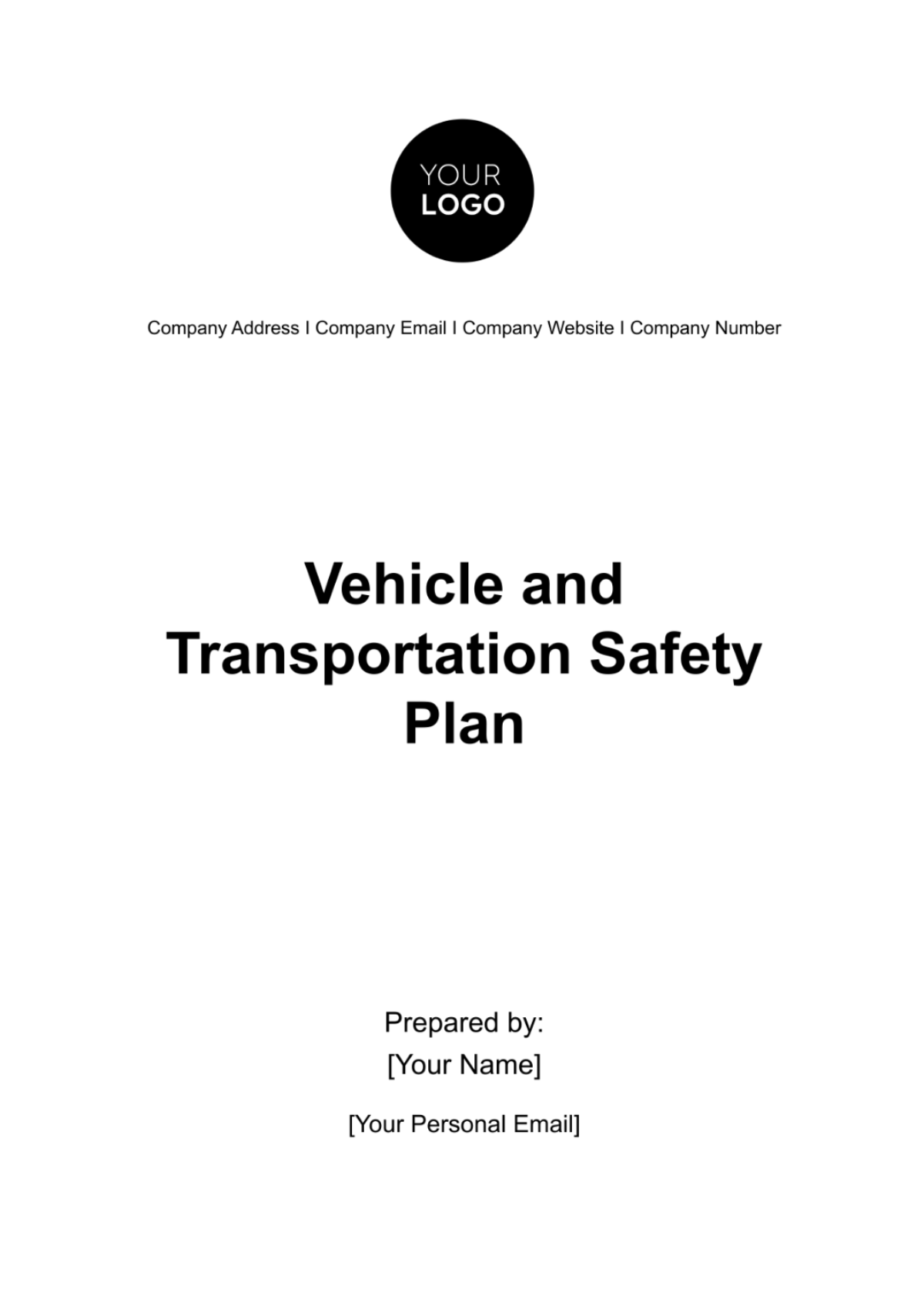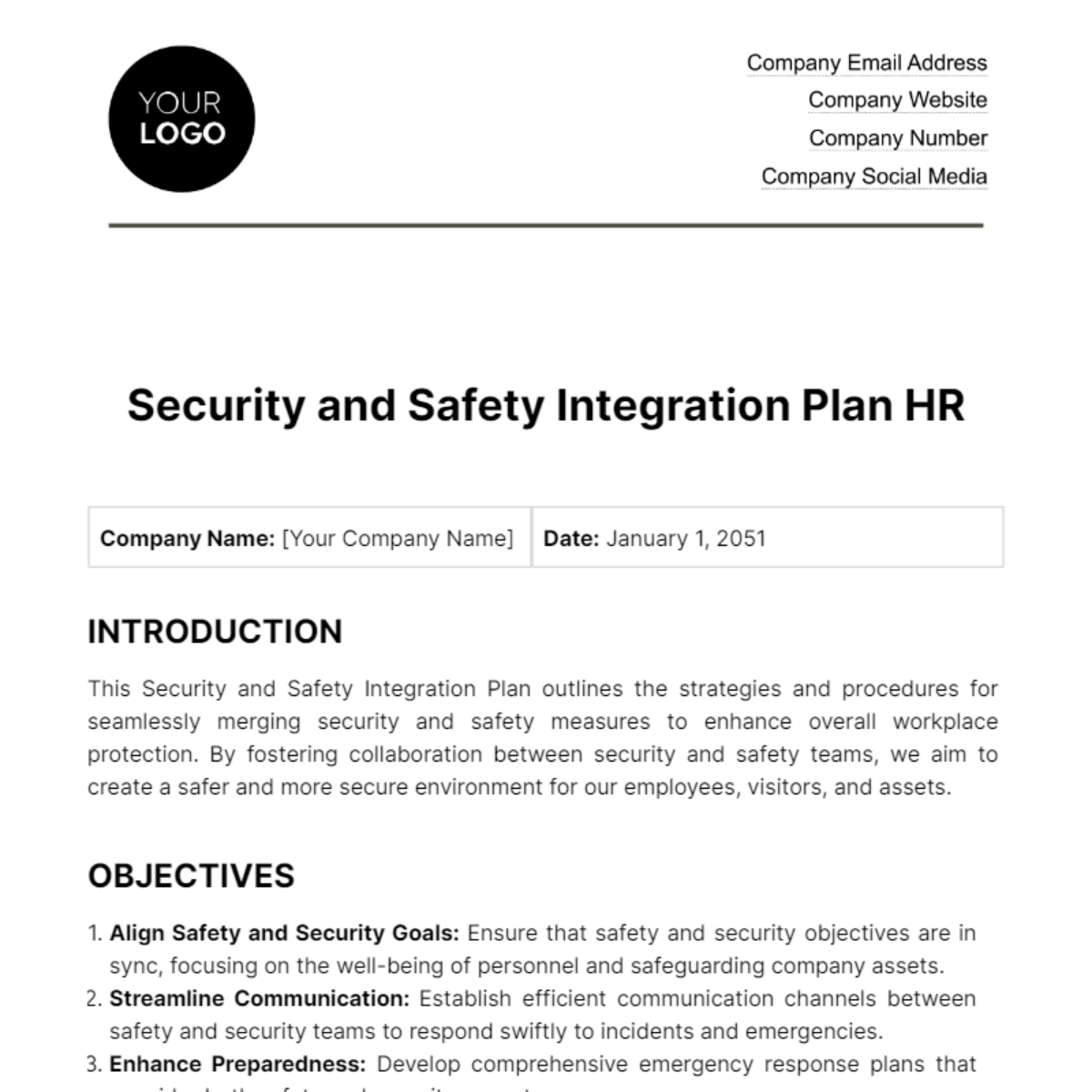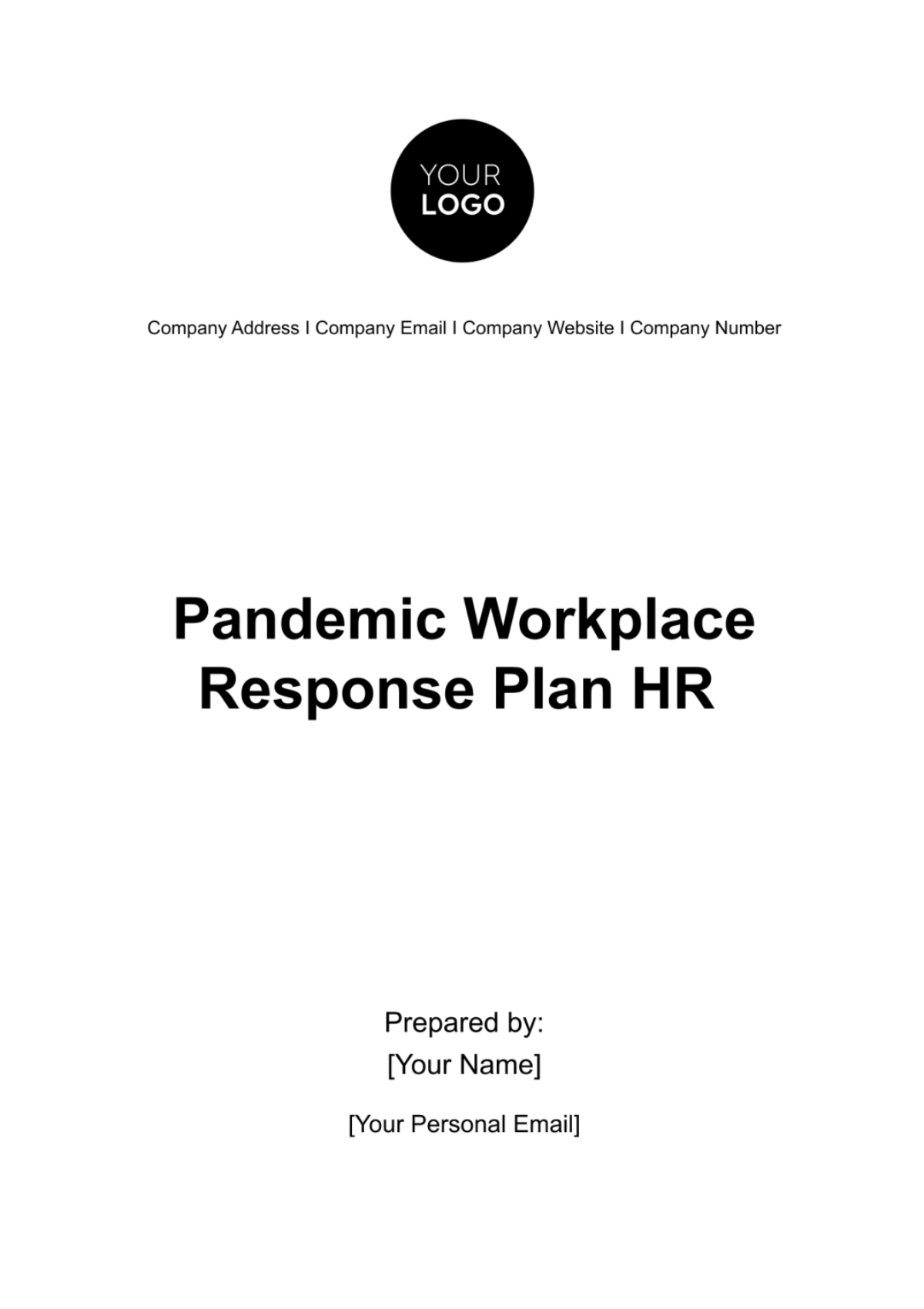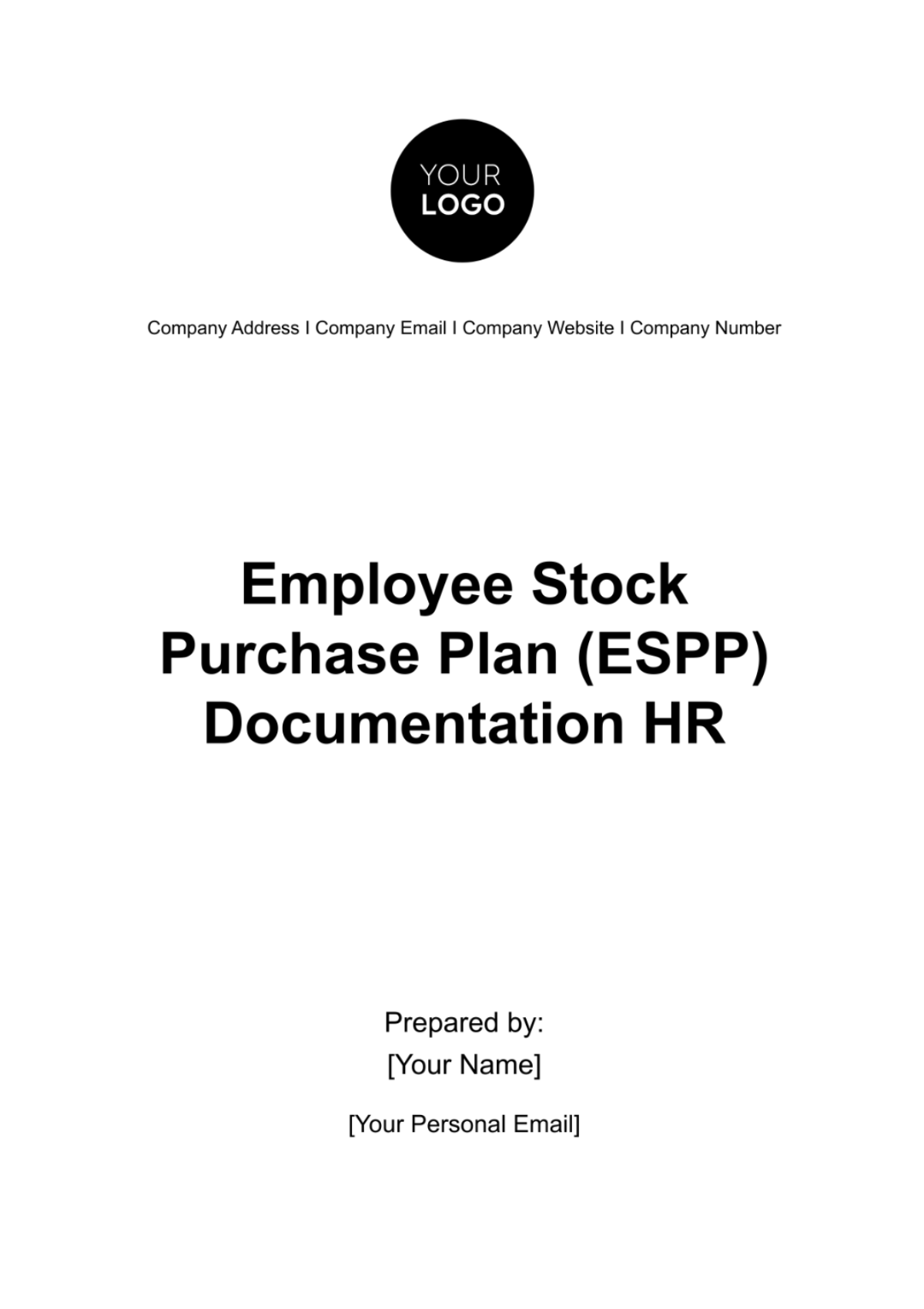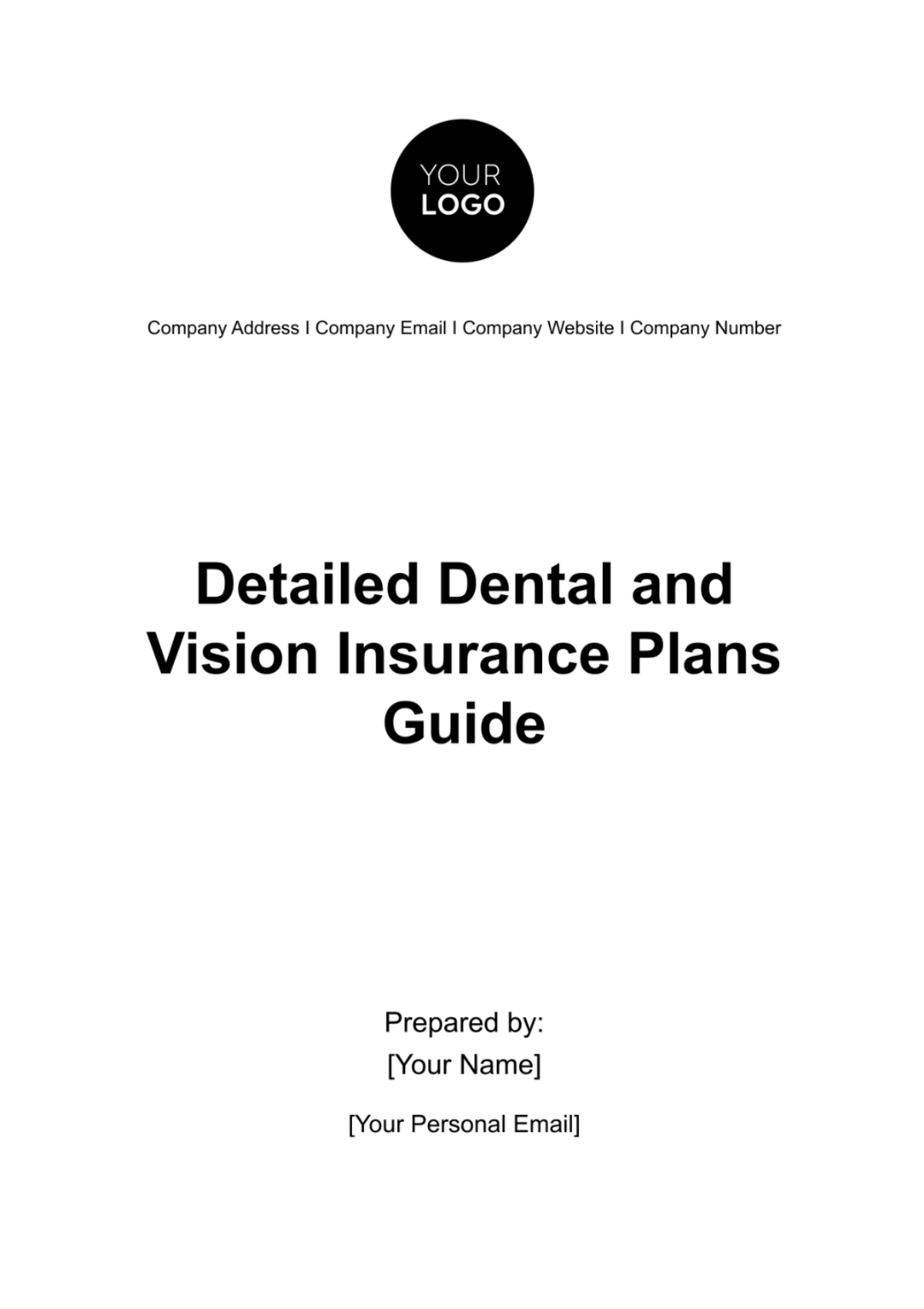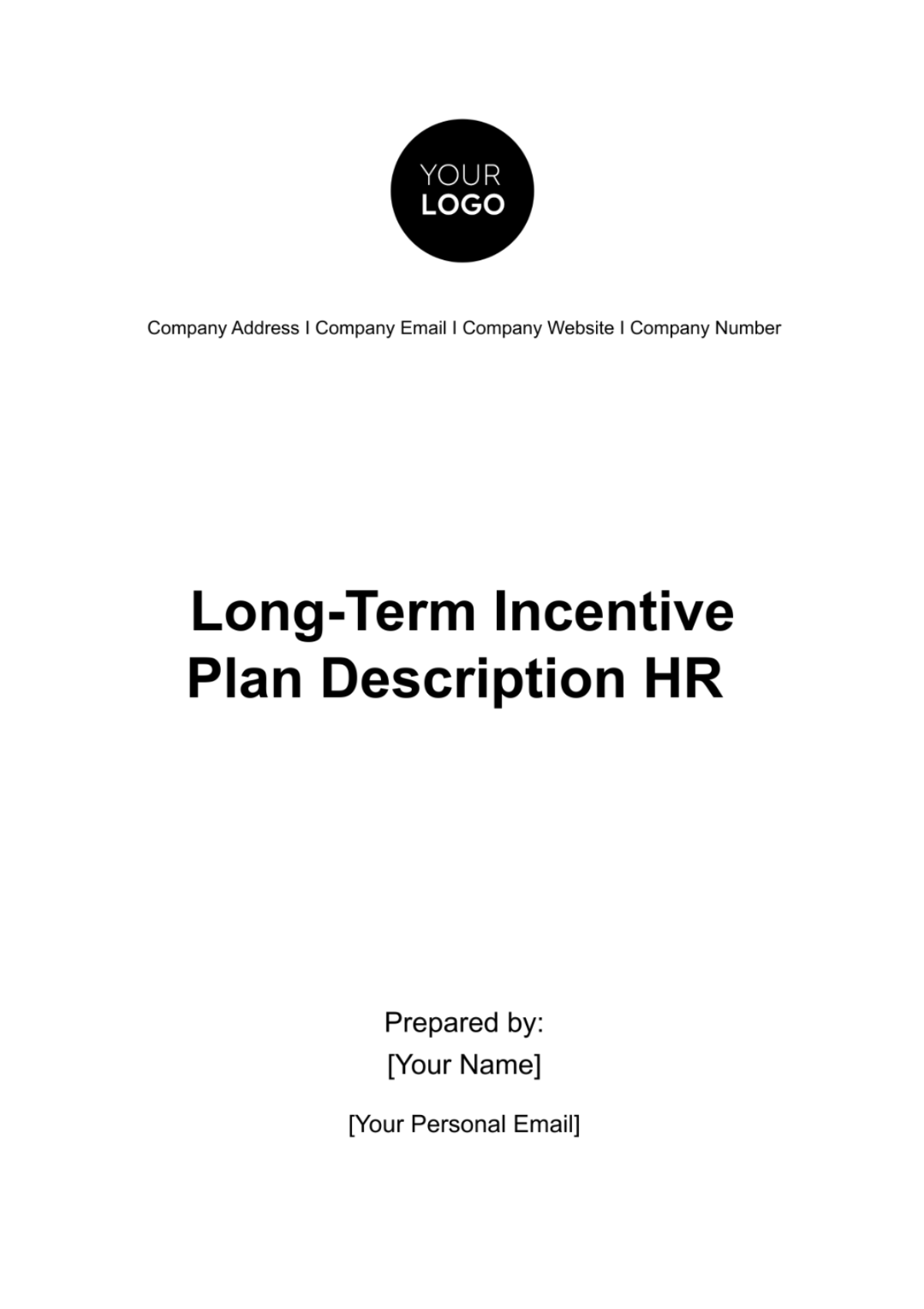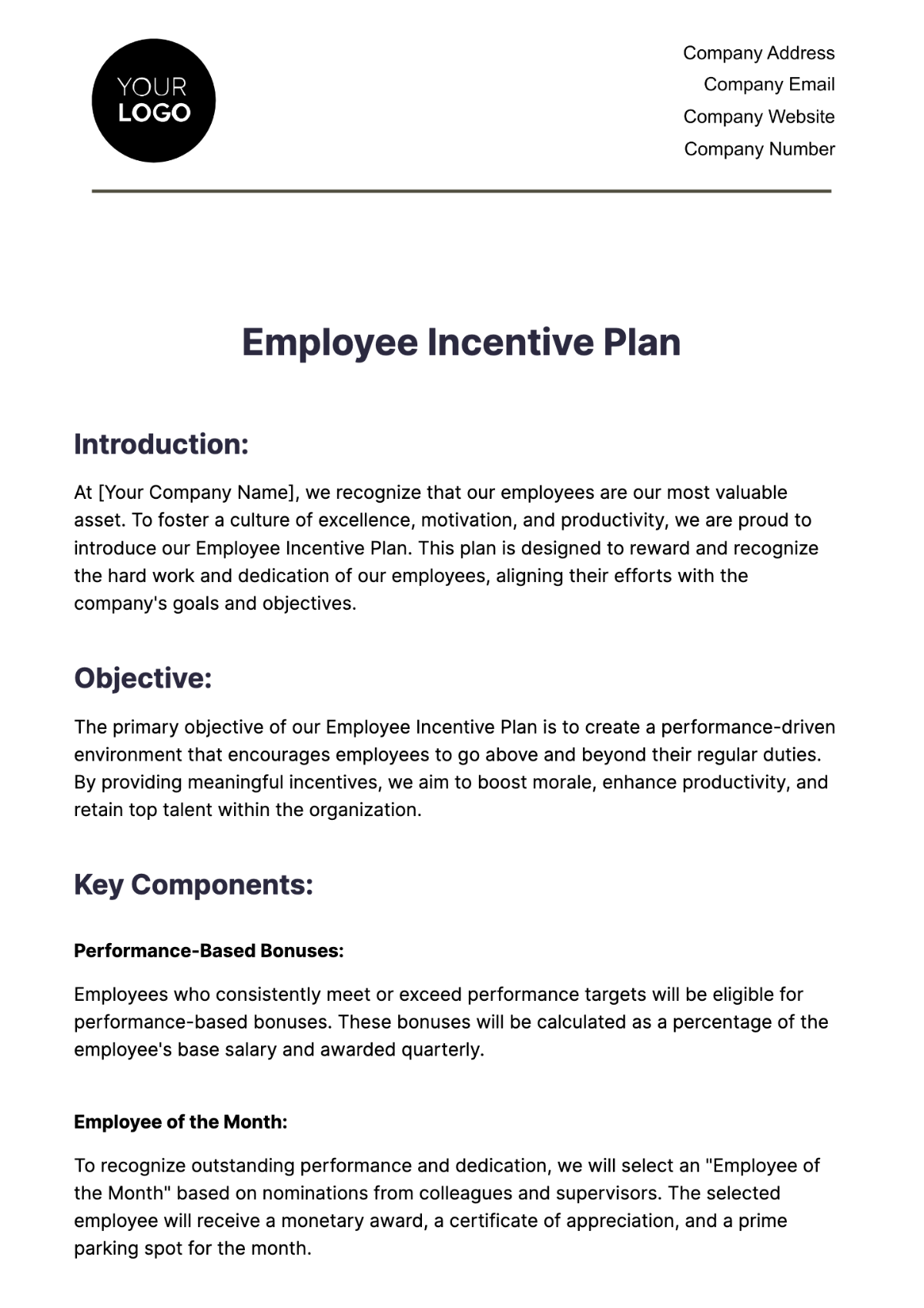Retirement and Pension Plan Best Practices Manual HR
At [Your Company Name], we understand the significance of planning for the future. A well-structured retirement and pension plan not only offers financial security to our employees in their retirement years but also symbolizes our commitment to their well-being and long-term happiness.
Overview of Plan Importance
Retirement and pension plans play a pivotal role in attracting and retaining talent. They serve as a reflection of a company's regard for its employees, by ensuring that they are taken care of long after they conclude their professional journey with the organization. In an age where job transitions are frequent, a robust retirement plan can be a decisive factor for potential hires. Moreover, for the employees, these plans offer peace of mind, knowing that their future financial needs are being considered and managed.
Purpose of the Manual
This manual aims to outline best practices for retirement and pension plans, ensuring that [Your Company Name] stays updated with industry standards and provides optimum benefits to its employees. It serves as a guide for HR professionals, managers, and anyone involved in the decision-making process of retirement benefits at [Your Company Name].
I. Understanding Retirement and Pension Plans
A retirement plan is a financial arrangement designed to replace employment income upon retirement. These plans are usually provided by employers, but can also be established by self-employed individuals. Pension plans, a type of retirement plan, are pre-determined arrangements where the employer sets aside funds for the employee's future benefit.
Types of Plans
Type | Description |
|---|---|
Defined Benefit (DB) | Guarantees a specified pension amount. The employer carries the investment risk and promises a certain payout upon retirement. |
Defined Contribution (DC) | Employees and/or employers contribute to individual accounts. The retirement benefit is based on the amount contributed and the investment returns on that amount. The employee carries the investment risk. |
Hybrid/Combo | Combines features of both DB and DC plans. |
Importance for Employees:
Provides a stable source of income post-retirement.
Allows employees to plan their future with certainty.
Acts as motivation to stay committed to the organization.
Importance for Employers:
Acts as a competitive advantage in the job market.
Enhances job satisfaction, leading to increased productivity.
Encourages employees to forge a long-term relationship with the company.
II. Plan Design and Features
Creating an effective retirement and pension plan requires careful consideration of both the foundational elements and the unique needs of [Your Company Name]'s employees.
Key Components of an Effective Plan
Flexibility: Allows employees to choose contribution amounts and investment options based on their financial goals.
Transparency: Clearly communicates plan details, benefits, and risks to all participants.
Portability: Enables employees to transfer their benefits when changing jobs.
Vesting Schedule: Defines the timeline for employees to fully own employer-contributed amounts.
Beneficiary Designation: Allows employees to designate who will receive the benefits in the event of their death.
Considerations for Designing a Plan
Understanding the financial demographics and needs of the employee base.
Analyzing the company's financial capacity and future projections.
Surveying employees for their preferences and expectations from the plan.
Researching industry trends and competitors' offerings to ensure [Your Company Name]'s plan remains competitive.
Optional Features
Early Withdrawal: Allows employees to take out funds before retirement age, usually with a penalty.
Loans: Permits borrowing against the pension or retirement account, to be repaid with interest.
Catch-up Contributions: Enables older employees to contribute more than the standard limit, usually after age 50.
Rollover Options: Provides flexibility in transferring benefits from one plan to another.
III. Plan Funding and Investments
Ensuring that a retirement and pension plan is well-funded and wisely invested is crucial for its long-term success and the financial security of [Company Name]'s employees.
Sources of Funds
Employee Contributions: Amounts deducted from an employee's paycheck and directed into the retirement plan.
Employer Matching: Funds contributed by [Your Company Name] based on the employee's own contributions, up to a set percentage.
Profit-Sharing: A discretionary contribution from [Your Company Name], based on its profits.
Investment Strategies and Options
Diversification: Spreading investments across various asset classes to manage risk.
Target Date Funds: Mutual funds that adjust the asset mix based on an employee's expected retirement date.
Indexed Funds: Funds that track specific market indexes, offering broad market exposure with low fees.
Actively Managed Funds: Funds managed by professionals who attempt to outperform the market. They usually come with higher fees.
Risk Management
Risk Type | Description |
|---|---|
Market Risk | Diversification across various asset classes and geographic regions. |
Interest Rate Risk | Investing in a mix of short-term and long-term bonds. |
Inflation Risk | Including assets that tend to outpace inflation, like stocks or real estate. |
Longevity Risk | Offering annuities or other lifetime income options to protect against outliving retirement savings. |
IV. Regulatory Compliance and Governance
For [Your Company Name] to successfully maintain its retirement and pension plan, it's essential to adhere strictly to the established legal and regulatory frameworks while ensuring a transparent governance structure.
Legal and Regulatory Requirements
Requirement | Description |
|---|---|
ERISA Compliance | Adherence to the Employee Retirement Income Security Act, which sets standards for plan management. |
Tax Qualifications | Ensuring the plan meets IRS criteria to offer tax benefits for contributions and earnings. |
Disclosure Obligations | Timely provision of essential plan information to participants. |
Fiduciary Duties | Ensuring those who manage the plan act in the best interests of participants. |
Best Practices in Governance and Oversight
Appointing a qualified committee or board to oversee plan operations.
Establishing clear lines of responsibility and communication between trustees, administrators, and service providers.
Ensuring full transparency in the decision-making process and financial reporting.
Regular Review and Audit Procedures
Procedure | Frequency | Description |
|---|---|---|
Plan Performance Review | Quarterly/ Annually | Assessment of investment performance against benchmarks and set objectives. |
Regulatory Compliance Check | Annually | Ensure all regulatory and legal obligations are being met. |
Participant Feedback Survey | Annually | Gathering feedback from employees to improve plan design and communication. |
Full Audit by External Party | Every 3-5 years | Comprehensive review of all plan operations, investments, and compliance by an independent entity. |
V. Employee Education and Communication
Knowledge is power. By empowering [Your Company Name]'s employees with the right information about their retirement benefits, we can ensure they make the most informed decisions for their future.
Importance of Educating Employees
Helps employees make informed decisions about contributions and investment choices.
Enhances appreciation and utilization of company-provided benefits.
Reduces misunderstandings and potential disputes.
Effective Communication Strategies
Digital Portals: Providing online access to plan details, performance, and educational resources.
Regular Newsletters: Periodic updates on plan changes, performance highlights, and market trends.
One-on-One Counseling: Personalized sessions to address specific queries, concerns, or financial planning needs.
Workshops, Seminars, and Resource Materials
Resource Type | Topic | Frequency |
|---|---|---|
Workshops | Investment Basics | Quarterly |
VI. Plan Enrollment and Management
To ensure the seamless operation of [Your Company Name]'s retirement and pension plan, a structured enrollment and management procedure is imperative. These processes ensure that employees can easily participate in, benefit from, and manage their retirement accounts.
Procedures for Employee Enrollment
Step | Procedure | Timeframe |
|---|---|---|
Initial Briefing | Introduction to the retirement and pension plan. | Upon hiring |
Registration | Completion and submission of necessary enrollment forms. | Within 30 days of hiring |
Account Setup | Employee's account creation in the system. | Within 14 days of registration |
Confirmation | Notification of successful enrollment and account details. | Within 7 days of account setup |
Management of Contributions and Distributions
Automatic deductions from payroll for employee contributions.
Timely deposit of employer-matching contributions.
Defined procedures for distributions, including regular withdrawals and lump-sum distributions upon retirement.
Beneficiary Designations and Changes
Activity | Procedure |
|---|---|
Initial Beneficiary Designation | During enrollment, employees specify beneficiaries. |
Beneficiary Change Request | Submission of a formal change request with necessary documentation. |
Beneficiary Confirmation | Notification to the employee of successful beneficiary update. |
VII. Plan Review and Performance Analysis
To keep [Your Company Name]'s retirement and pension plan aligned with its goals and ensure optimal returns for its members, periodic reviews and rigorous performance analyses are necessary.
Regular Review Schedules
Quarterly checks on investment performance and regulatory compliance.
Annual comprehensive reviews that consider feedback from employees, plan advisors, and other stakeholders.
Performance Benchmarks and Metrics
Metric | Description | Standard/ Expected Outcome |
|---|---|---|
Annualized Return | The average yearly return on investments. | [Percentage] |
Risk-Adjusted Return | Return, accounting for the risk of investments. | Above industry median |
Cost Efficiency | Ratio of plan costs to total assets. | Below industry median |
Participation Rate | Percentage of eligible employees participating. | [Percentage] |
Continuous Improvement Strategies
Regularly solicit feedback from employees to understand their needs.
Continuously monitor the financial markets to identify investment opportunities.
Engage with industry experts and peers to understand emerging best practices and potential areas of improvement.
VIII. Transitioning to Retirement
As employees approach the end of their professional journey with [Your Company Name], it's crucial to ensure they have a smooth transition into retirement. This means not only having the financial provisions in place but also equipping them with the right tools, resources, and support systems to make this life change comfortable and positive.
Preparing Employees for Retirement
Conducting pre-retirement seminars and workshops to educate employees on the various aspects of retirement, from financial planning to adjusting to a new lifestyle.
Providing financial counseling sessions to ensure that employees have a clear understanding of their financial position and are prepared for the post-retirement phase.
Transition Options
Option | Description | Eligibility/Conditions |
|---|---|---|
Full Retirement | Complete cessation of employment. | Reaching the retirement age as specified by [Your Company Name] or other factors like health. |
Phased Retirement | Gradual reduction in work hours leading to full retirement. | Subject to departmental needs and approval. |
Part-time/Consultancy | Switching to a part-time role or consultancy post-retirement. | Based on skill-set, expertise, and organizational requirements. |
Resources and Support for Retiring Employees
Resource | Description |
|---|---|
Retirement Lifestyle Workshops | Sessions addressing emotional and social aspects of retirement. |
Health and Wellness Programs | Programs tailored for senior health needs and wellness. |
Retiree Community Groups | Platforms for retirees to connect, share, and engage. |
IX. Resources and Contacts
The following are resources and contacts essential for questions, clarifications, and further information regarding [Your Company Name]'s Retirement and Pension Plan.
Plan Committee
Name | Role | Contact Information |
|---|---|---|
[Coordinator Name] | Retirement Plan Coordinator | [Email], [Phone Number] |
External Experts and Advisors
Name | Expertise | Contact Information |
|---|---|---|
[Advisor Name] | Financial Planner | [Email], [Phone Number] |
Recommended Reading and Tools
Title/Tool | Description | Access/Availability |
|---|---|---|
"Retirement Planning 101" | Comprehensive guide on financial aspects of retirement. | Available at [Company Library/Website] |
